Last Updated on: 9th November 2023, 01:42 pm

DISCOVER AFRICA:
TOURISM & INVESTMENT PRIMER
FROM NEW NORDIC GROUP
There’s nowhere like it on the planet for wildlife,
wild lands and rich traditions that endure.
Prepare to fall in love.
Natural Beauty
Whether you’re a wide-eyed first-timer or a frequent visitor, Africa cannot fail to get under your skin. The canvas upon which the continent’s epic story is written is itself astonishing, and reason enough to visit. From the tropical rainforests and glorious tropical coastline of Central Africa to the rippling dunes of the Namib Desert, from the
signature savannah of the Serengeti to jagged mountains, green-tinged highlands and deep-gash canyons that mark the Great Rift Valley’s continental traverse – wherever you find yourself on this big, beautiful continent, Africa has few peers when it comes to natural beauty.
The New Africa
The past retains its hold over the lives of many Africans, but just as many have embraced the future, bringing creativity and sophistication to the continent’s cities and urban centres. Sometimes this New Africa is expressed in a creative-conservation search for solutions to the continent’s environmental problems, or in an eagerness to break free of
the restrictive chains of the past and transform the traveller experience. But just as often, modern Africans are taking all that is new and fusing it onto the best of the old.
Ancient Africa
On this continent where human beings first came into existence, customs, traditions and ancient rites tie Africans to generations and ancestors past and to the collective memory of myriad people. In many rural areas it can feel as though the modern world might never have happened, and they are all the better for it, and old ways of doing things – with a certain grace and civility, hospitality and a community spirit – survive. There are time-honoured ceremonies, music that dates back to the days of Africa’s golden empires, and masks that tell stories of spirit worlds never lost. Welcome to Old Africa.
Wildlife Bonanza
A Noah’s ark of wildlife brings Africa’s landscapes to life, with a tangible and sometimes profoundly mysterious presence that adds so much personality to the African wild. So many of the great beasts, including elephants, hippos and lions, call Africa home. Going on safari may be something of a travel cliché, but we’re yet to find a traveller who has
watched the wildlife world in motion in the Masai Mara, watched the epic battles between predator and prey in the Okavango Delta, or communed with gorillas and surfing hippos in Gabon and has not been reduced to an ecstatic state of childlike wonder.
MODERN AFRICA: MORE THAN SAFARI & BEACH
Africa is one of the largest continents in the world in terms of land mass. But when it comes to monetary wealth, Africa has most of the poorest countries in the world. However, not all African countries are poor.
Neither are there lack of developments and large metropolitan cities with bursting business and world trade. Minerals. Oil. And yes, tourism.
Tourism is what we focus on here, but don’t fall into the stereotype that Africa is just rural areas waiting for tourists.
Modern Africa
This presentation focuses on the market for New Nordic developments, which by large is focused on tourism. Major tourist attractions and areas of beauty. Untouched land and wild animals. But don’t get fooled. Africa is not just glorious beaches, lions afar, water buffalos and 1000’s of marine animals. It’s also large cities with high-rise buildings, world wide trading since centuries back. Anyhow, let’s look into the New Nordic African world!
Top 10 Richest African Countries in 2017
https://africa-facts.org/top-10-richest-african-countries-in-2017/

AFRICA IN NUMBERS: CRADLE OF HUMANKIND
• 54 countries
• Population: 1.25 B (2017), increasing to 2.5B by 2050.
• GDP per capita: USD 1,720
• Unemployment: 15%
• The United Nations predicts Africa’s economic growth will reach 3.5% in 2018 and 3.7% in 2019.
• World Bank expects that most African countries will reach “middle income” status (defined as at least USD 1,000 per person a year) by 2025 if current growth rates continue.
• Trade: 12.5% of Africa’s exports are to China, and 4% are to India, which accounts for 5% of China’s imports and 8% of India’s. Obama launched Trade Africa to increase trade with the US.
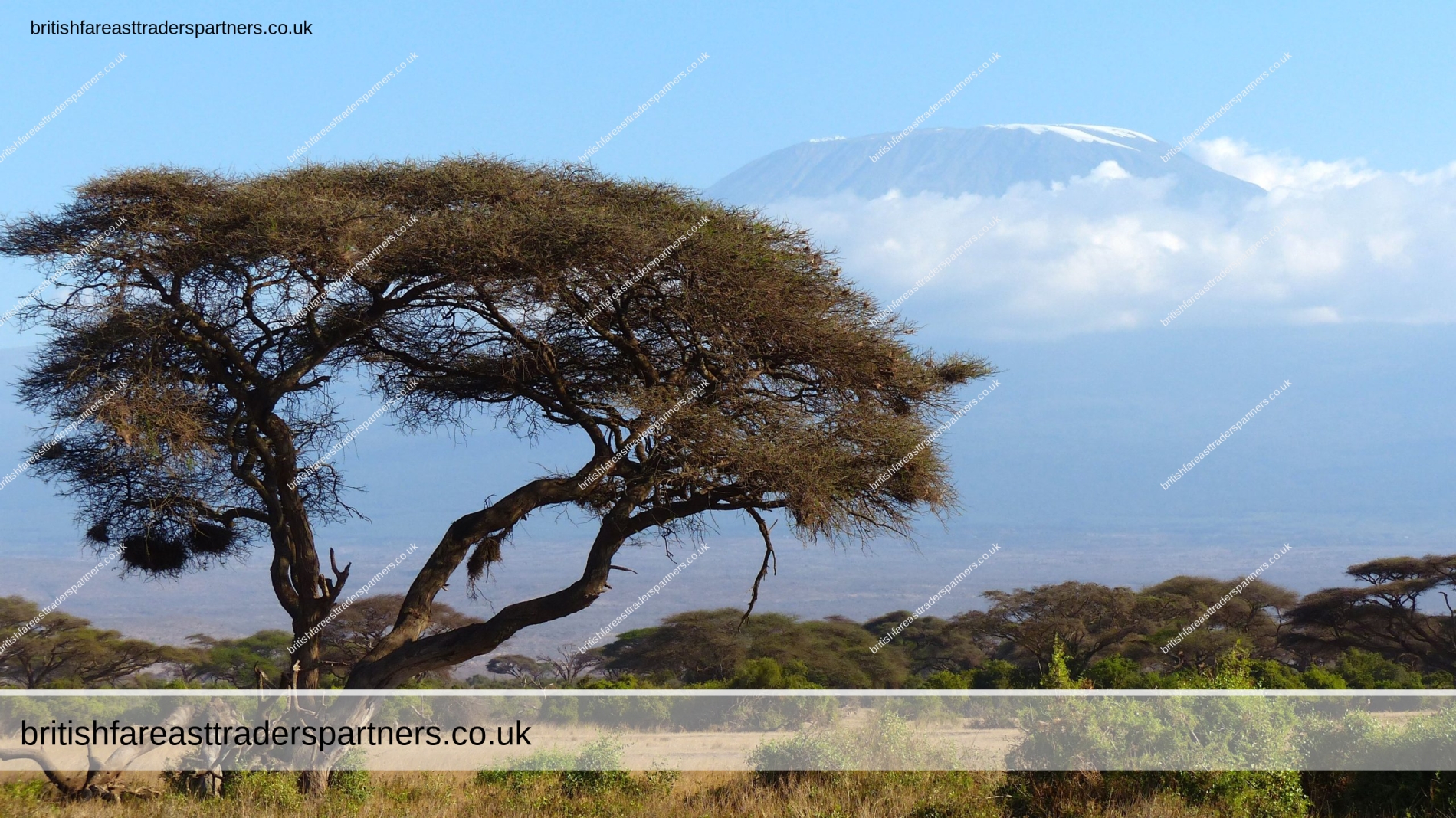
AFRICAN HISTORY:
YOUR HISTORY
African history is a massive and intricate subject, world-shaking events have shaped the continent’s history, from the early men and women who left their footsteps in volcanic ash to the liberation of Nelson Mandela, and a whole lot of wars, conquests, civilisations and revolutions in between. All leading to today’s Africa where you’ll find modern highrise cities, international business but still, untouched rural areas, not to mention the wild life. Enjoy a morning coffee in silence, overlooking the water hole which is the natural meeting point for all animals. If you haven’t seen a hippo in the water outside a zoo, well, you’re not done with your bucket list yet.
Human origins & migrations
Let’s start where it all started. You’ve probably heard the claim that Africa is ‘the birthplace of humanity’. But before there were humans, or even apes, or even ape ancestors, there was…rock. Africa is the oldest and most enduring landmass in the world. When you stand on African soil, 97% of what’s under your feet has been in place for more than
300 million years. During that time, Africa has seen pretty much everything – all leading to dinosaurs and finally, around five to 10 million years ago, a special kind of ape called Australopithecines, that branched off (or rather let go of the branch), and walked on two legs down a separate evolutionary track.
This radical move led to the development of various hairy, dim-witted hominids (early men) – Homo habilis around 2.4 million years ago, Homo erectus some 1.8 million years ago and finally Homo sapiens (modern humans) around 200 000 years ago. Around 50 000 years later, somewhere in Tanzania or Ethiopia, a woman was born who has become known as ‘mitochondrial Eve’. We don’t know what she looked like, or how she lived her life, but we do know that every single human being alive today is descended from her. So at a deep genetic level, we’re all still Africans.
The break from Africa into the wider world occurred around 100 000 years ago, when a group numbering perhaps as few as 50 people migrated out of North Africa, along the shores of the Mediterranean and into the Middle East. From this inauspicious start came a population that would one day cover almost every landmass on the globe.
Around the time that people were first venturing outside the continent, hunting and gathering was still the lifestyle of choice; humans lived in communities that rarely exceeded a couple of hundred individuals, and social bonds were formed to enable these small bands of people to share food resources and hunt co-operatively. With the evolution of language, these bonds blossomed into the beginnings of society and culture as we know it today.
The first moves away from the nomadic hunter–gatherer way of life came between 14 000 BC and 9500 BC, a time when rainfall was high and the Sahara and North Africa became verdant. It was in these green and pleasant lands that the first farmers were born, and mankind learned to cultivate crops rather than following prey animals from place to place.
By 2500 BC the rains began to fail and the sandy barrier between North and West Africa became the Sahara we know today. People began to move southwest into the rainforests of Central Africa. By this time a group of people speaking the same kind of languages had come to dominate the landscape in Africa south of the Sahara. Known as the Bantu, their populations grew as they discovered iron-smelting technology and developed new agricultural techniques. By 100 BC, Bantu peoples had reached East Africa; by AD 300 they were living in southern Africa, and the age of the African empires had begun.
African empires
Victorian missionaries liked to think they were bringing the beacon of ‘civilisation’ to the ‘savages’ of Africa, but the truth is that Africans were developing commercial empires and complex urban societies while Europeans were still running after wildlife with clubs. Many of these civilisations were small and short-lived, but others were truly great, with
influence that reached far beyond Africa and into Asia and Europe.
Pyramids of power
Arguably the greatest of the African empires was the first: Ancient Egypt. Formed through an amalgamation of already organised states in the Nile Delta around 3100 BC, it achieved an amazing degree of cultural and social sophistication. Sophisticated food-production techniques from the Sahara combined with influences from the Middle East to
form a society in which the Pharaohs, a race of kings imbued with the power of gods, sat at the top of a highly stratified social hierarchy. The annual flooding of the Nile kept the lands of the Pharaohs fertile and fed their legions of slaves and artisans, who in turn worked to produce some of the most amazing public buildings ever constructed. Many of these, like the Pyramids of Giza, are still standing today. During the good times, which lasted nearly 3000 years, Egyptians discovered the principals of mathematics and astronomy, invented a written language and mined gold. Ancient Egypt was eventually overrun by the Nubian Empire, then by the Assyrians, Persians, Alexander the Great and finally the Romans. The Nubians retained control of a great swathe of the Lower Nile Valley, despite getting a spanking from the Ethiopian empire of Aksum around AD 500.
Hannibal’s homeland
Established in Tunisia by a mysterious race of seafaring people called the Phoenicians (little is known about their origins, but they probably hailed from Tyre in modern-day Lebanon), the city-state of Carthage filled the power gap left by the fading empire of Ancient Egypt. By the 6th century BC, Carthage controlled much of the local sea trade,
their ships sailing to and from the Mediterranean ports laden with cargos of dye, cedar wood and precious metals. Back on land, scholars were busy inventing the Phoenician alphabet, from which Greek, Hebrew and Latin letters are all thought to derive. All this came to an abrupt end with the arrival of the Romans, who razed Carthage to the ground (despite the best efforts of the mighty warrior Hannibal, Carthage’s most celebrated son) and enslaved its population in 146 BC. A host of foreign armies swept across North Africa in the succeeding centuries, but it was the Arabs who had a lasting impact, introducing Islam around AD 670.
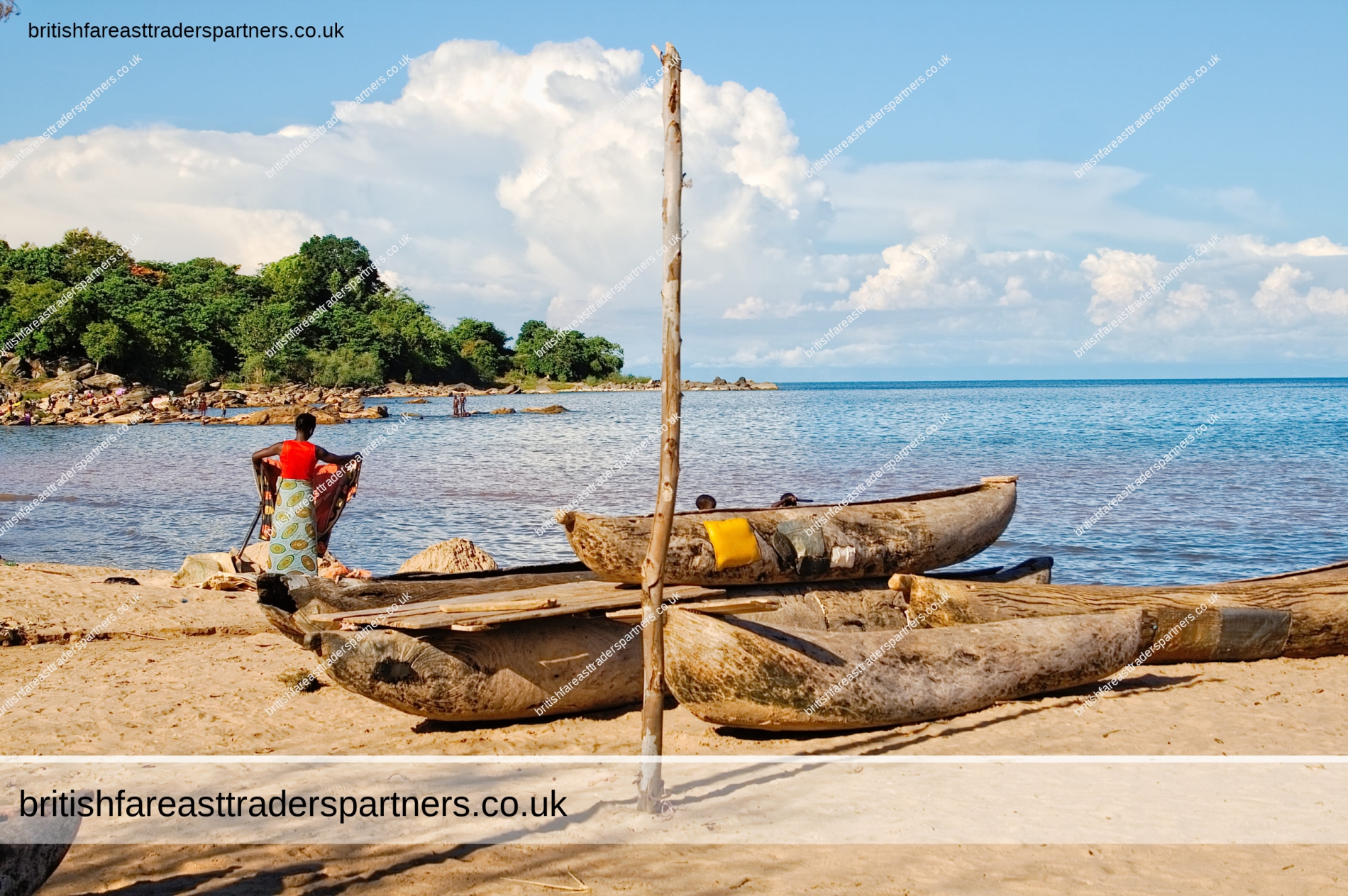
MALAWI: LIFE ON THE LAKE
We begin our journey in Malawi. Apart from the legendary Malawian friendliness, what captures you first about this vivid country is its geographical diversity.
Slicing through the landscape in a trough formed by the Great Rift Valley is Africa’s third-largest lake: Lake Malawi, a shimmering mass of clear water, its depths swarming with colourful cichlid fish. Whether for diving, snorkelling, kayaking or chilling out on beaches and desert islands, a visit to the lake is a must.
Suspended in the clouds in Malawi’s deep south are the dramatic peaks of Mt Mulanje and the mysterious Zomba Plateau, both a hiker’s dream, with mist-cowled forests and exotic wildlife. Further north is the otherworldly beauty of the Nyika Plateau, its rolling grasslands resembling the Scottish Highlands.
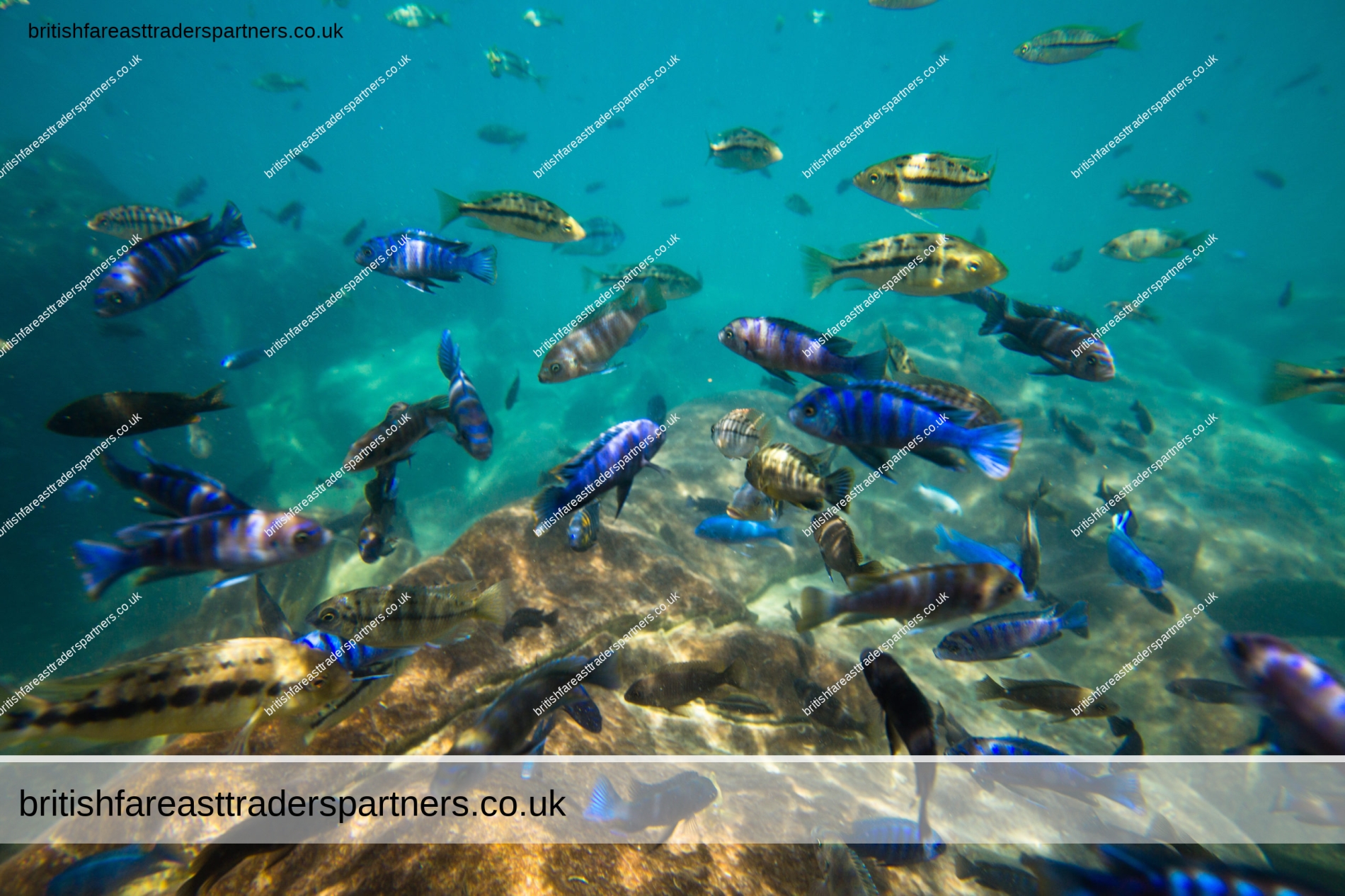
MALAWI:
SALIMA LAKE FRONT
A jaw dropping & beautiful land situated by one of the most beautiful lakes in the world -Lake Malawi.
Located in the town of Salima which is just 90 minutes drive from Kamuzu International Airport in Lilongwe.
The beautiful Lake Malawi is famous for its crystal clear water comprising of more than 1,000 fish varieties.
MALAWI: TOURISM & INVESTMENT PRIMER
FROM BRITISH & FAR EAST TRADERS & PARTNERS
AND NEW NORDIC GROUP
Malawi’s wildlife renaissance
Malawi is in the throes of an inspiring renaissance. Famous for being the ‘warm heart of Africa’ and for its vast glittering lake, the country will soon be renowned as an exciting safari destination. Thanks to conservation organisation African Parks, three beautiful reserves – Majete, Liwonde and Nkhotakota – once decimated through poaching and
poverty, are blossoming back to life.
Lake Malawi National Park
Much of the area around Cape Maclear, including several offshore islands, is part of Lake Malawi National Park, one of Africa’s few freshwater aquatic parks and a Unesco World Heritage Site.
Liwonde National Park: rhinos, elephants and the Shire River
There’s a wondrous beauty about Liwonde, with dappled miombo woodlands, fever-tree forests, baobab and palm trees, and huge candelabra euphorbia scattered across the landscape. But the Shire River is the star of the show here, cutting a swathe through golden floodplains.
On boat safaris, you’ll see what this park is all about. Expect to pass scores of hippos and crocs lingering just a couple of metres from elephants drinking on the riverbank, with the only sound breaking the silence being the big beasts’ slurping and gurgling. On the plains, hundreds of waterbucks and impala graze quietly and warthogs trot around. And the birdlife is mesmerising too, from tiny multi-coloured malachite kingfishers and gigantic goliath herons to elegant African skimmers flying in formation over the water.
Liwonde’s sanctuary, a fenced area within the park, is home to buffalo, zebra, sable and rare black rhino. Unusually, visitors can track rhino with researchers, learning all about their plight and conservation.
Majete Wildlife Reserve
Poaching used to be rife across Malawi, one of the world’s poorest countries, and by 1992 Majete was an empty, ghostly shell. Every elephant had been killed and barely any wildlife survived, save for crocodiles, hippos and a few resilient antelope. African Parks has since transformed this reserve into a wildlife wonderland. Costing US$3 million, it
relocated some 2500 animals here, including the famous Big Five.
A modern-day Noah’s Ark, Majete is now home to around 9000 animals and myriad bird species. The diverse populations live among gentle rolling hills, riverine landscapes, lush woodlands and the majestic Shire River forging its way to the Zambezi.
On wildlife drives you can see grumpy buffaloes wallowing in mud, elegant eland lying in sandy riverbeds and nyala (striking antelopes with devilish faces) ducking behind bushes. On boat trips, you’re more likely to see countless elephants mooching along the riverbanks. Indeed, Majete’s elephants have been so happily breeding that 250 of them will soon be relocated to Nkhotakota.
African Parks works with people as well as wildlife, helping locals benefit from conservation through education, healthcare and income-generating projects like the community run campsite and visitor centre. Nearby, Thawale is a laid-back lodge run by African Parks, or for a little luxury, Mukumaladzi (robinpopesafaris.net) has eight chic chalets overlooking the river.
Nkhotakota Wildlife Reserve
Exciting times lie ahead for Nkhotakota. African Parks has created a new 170 sq km sanctuary within the 1800 sq km reserve, which is now starting to welcome those 500 new elephants from Liwonde and Majete. Hundreds of other animals including sable, waterbuck, kudu and impala will also be joining them. The 80 resident elephants can often be
seen from the terraces of the luxury and very lovely Tongole Wilderness Lodge (tongole.com) that overlooks the river. A one-eyed vervet monkey is a regular visitor too, along with baboons and other monkeys.
Their home is a truly wild place, hilly and rugged and draped in verdant miombo forests with the Bua River swelling and shrinking as the seasons change. Even without the wildlife it was special here, perfect for adventurous souls to explore by canoe or on foot. If you decide against tackling the highest peak, Chipata, you can opt for Mount Kasukusuka instead, a more gentle climb. You might have to carefully avoid a green mamba lying on your path, but you are sure to be rewarded with views of Nkhotakota spanning right across the horizon.
MALAWI 5 STAR RESORT ON THE LAKE
The development will comprise a wonderful 5 star resort with all the facilities such as conference rooms, business centre, spa, themed restaurants, retail outlets and what not.
Land: 47,900 square meters.
Being situated by the lake, it will also provide all kind of water activities & excursions of all kinds.
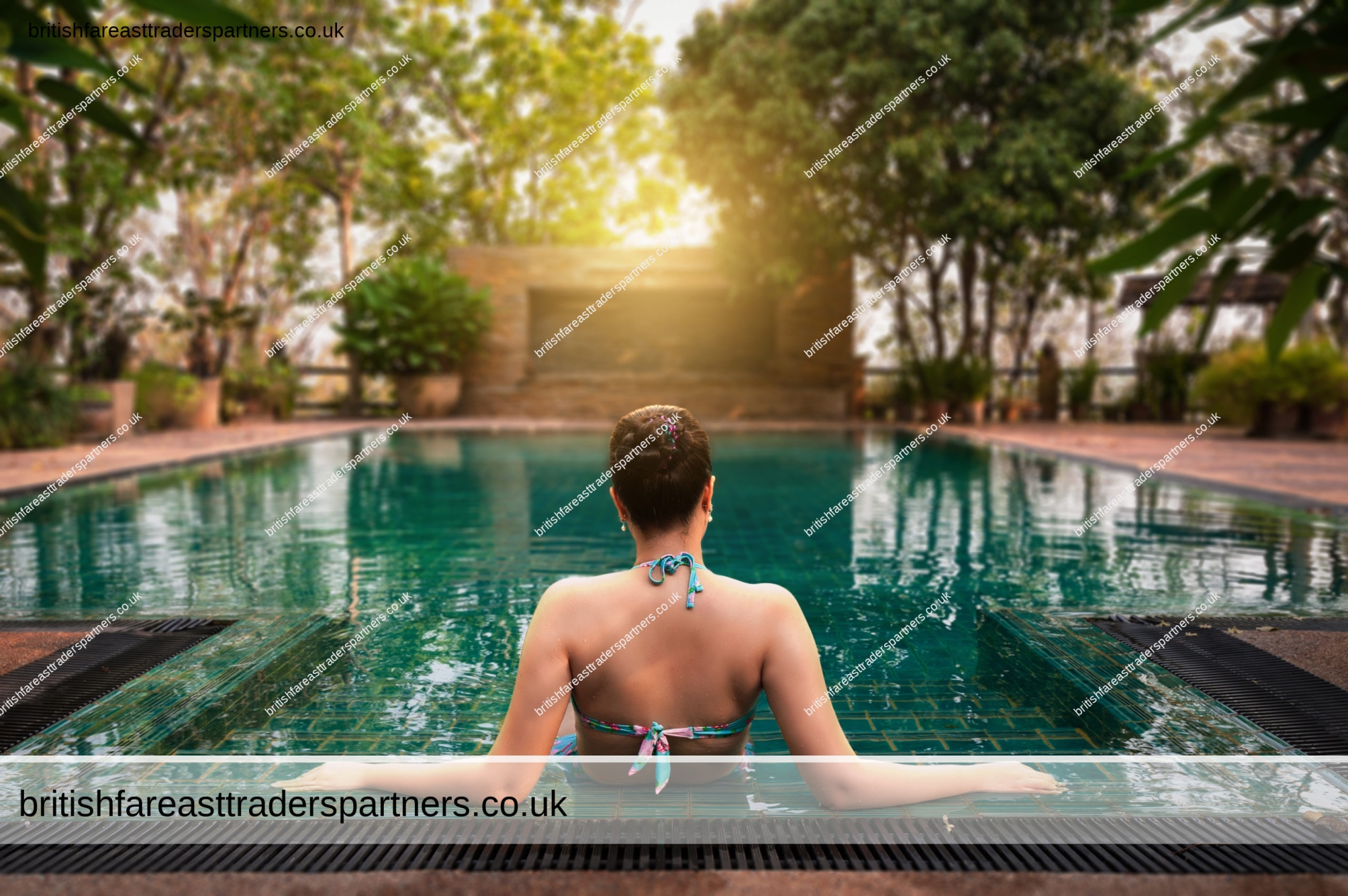
New Nordic Malawi Lake Resort
Malawi Lake Resort is a luxury beach resort located right on the beach of Lake Malawi. It is within the Lake Malawi National Park so is a great spot for walking, snorkeling or simply relaxing.
Malawi Lake Resort has a central restaurant serving all day dishes from the local and international cuisine, bar and dining area set with great view of the lake – perfect for enjoying one of those amazing African sunsets. Individual dining tables are laid out both inside and privately under large luxury umbrellas.
Down a few wooden steps, to a lower deck, is Malawi Lake Resort large infinity pool, surrounded by comfortable sun-loungers and striped sun umbrellas, all serviced by our themed restaurant The Cichlids. Focused on smaller deli dishes served on the large deck, at your hammock or sunbed.
A few more steps and walkways lead down to a lovely quiet private beach, complete with sunloungers and umbrellas, and hammocks strung between the trees. Our beach bar offers drinks and light snacks during the day. At sea, you may enjoy our floating platform: a lovely spot to swim out to and sunbathe – and a popular spot for the pied kingfishers, too!
The condos at Malawi Lake Resort are very spacious and stylish without being glitzy. Built on different levels along the beach, some closer to the main area, and others are nearer the beach. All have turfed roofs, so that they blend into the hillside. The en-suite bathroom boasts a free-standing bath, double basins, double showers and a flush toilet. Dressing gowns and toiletries are provided.
A separate lounge features comfortable cane chairs and a sofa, while on a low table is a selection of bird and nature books and magazines. Each room has a minibar with soft drinks and water, with other drinks stocked on request. Sliding doors lead out onto a wooden deck where two canvas directors’ chairs and a sun umbrella afford a great spot to enjoy the views over the lake.
Most people come to Malawi Lake Resort to relax for four to five days after a safari in Zambia or Malawi, although some come for the activities – which include snorkelling, kayaking, waterskiing, SUP, wakeboarding, fishing, tubing and scuba diving – and the birdwatching is good here, too. For some of these activities, Malawi Lake Resort has its own, traditionally-built 12m wooden dhow, which is also used for sunset cruises. Experienced sailors may use the lodge’s two sailing boats, though you are requested to remain in sight of the lodge for safety reasons.
Back on land, Pumulani also has a state-of-the-art telescope which the manager can use to explain the stars.
Guided walks are possible along the lakeshore to visit nearby villages, and mountain bikes are available to explore the surrounding area. We took an early morning guided walk along the hillside above the lakeshore to a small cove, where kayaks had been left for us to paddle back to the lodge in time for a hearty breakfast. Out on the hillside, rock hyrax, vervet monkeys, whilst spotted-necked otters frequent the lakeshore.
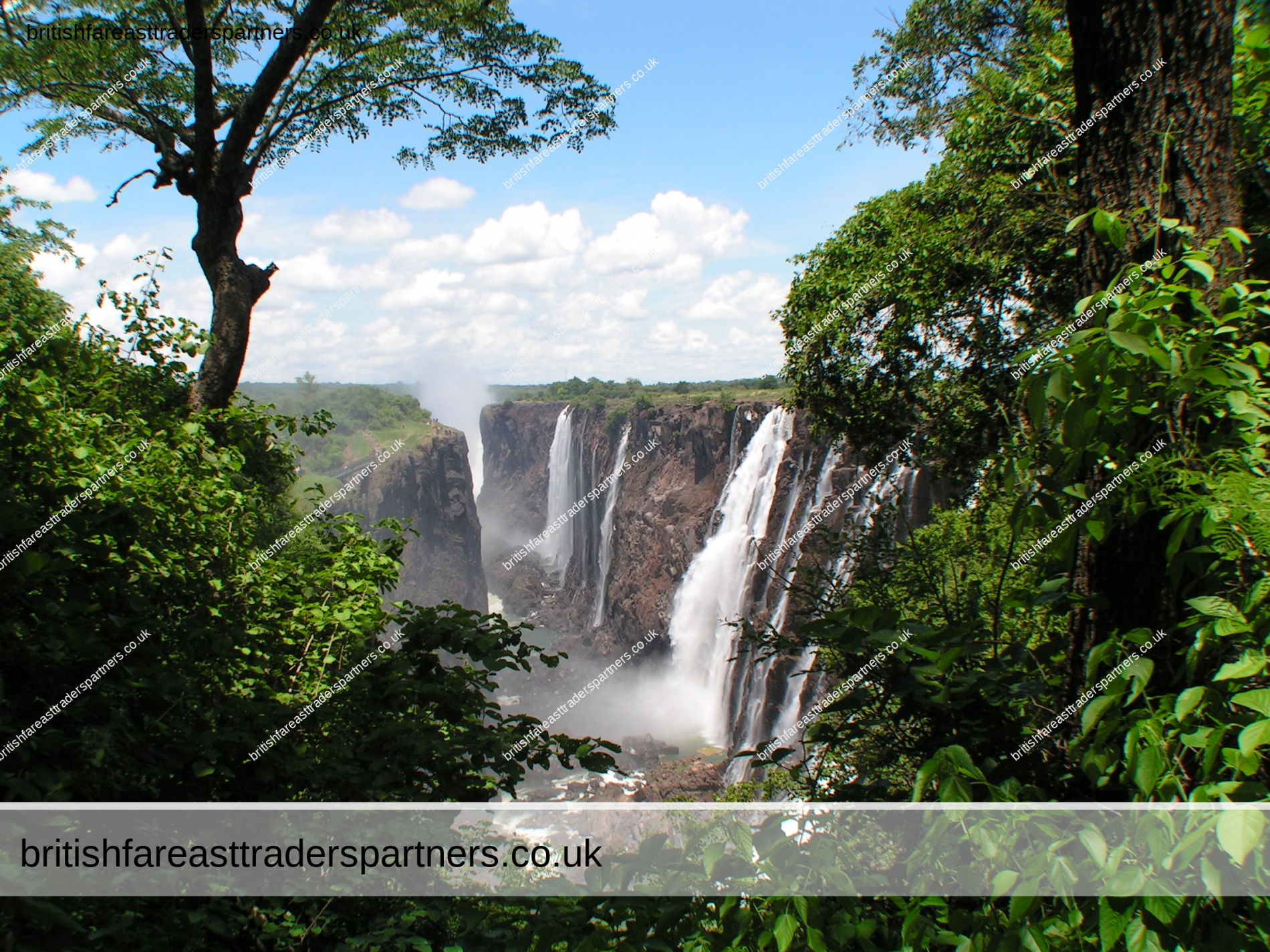
ZIMBABWE: VICTORIA FALLS
Large land overlooking one of the seven wonders of the world in Victoria Falls, Zimbabwe. The land comprises a large part for developments, but more important, a main part reserved for conservation, bordering the National park, the Zambezi river gorges and the magnificent views of water sprays from the mighty waterfalls.
The site is situated between the town and the airport, 12 minutes from the charming town of Victoria Falls and 12 minutes to the newly completed Victoria Falls International Airport.
Charming Victoria Falls town in Zimbabwe borders Zambia and Botswana giving a wide range of activities to undertake besides the waterfalls itself from boat cruises, safari game adventures, helicopter tours, adrenaline activities and lots more from these multiple countries combined as access to these is fairly easy.
Zimbabwe – is incredible wildlife encounters
A journey to Zimbabwe will take you through an attractive patchwork of landscapes, from highveld, balancing boulders and flaming msasa trees, to laidback towns, lush mountains and lifeblood rivers. Here you can spot the Big Five (leopard, lion, rhino, elephant and buffalo) in its national parks, discover World Heritage–listed archaeological sites and stand in awe of one of the natural wonders of the world, Victoria Falls.
Throughout its past two decades of governmental mismanagement, political violence and economic disaster, Zimbabwe continued to welcome visitors with the same grace and politeness that they were famed for. And as a result those who did travel here usually left insisting that that the country was hands down one of the safest, friendliest and most spectacular countries on the continent.
In 2017 the post-Mugabe dawn that millions of Zimbabweans longed for finally arrived, and their excitement of what the future may hold is still palpable to all who visit.
Zimbabwe is nominated to Best in Travel 2019 by Lonely Planet.
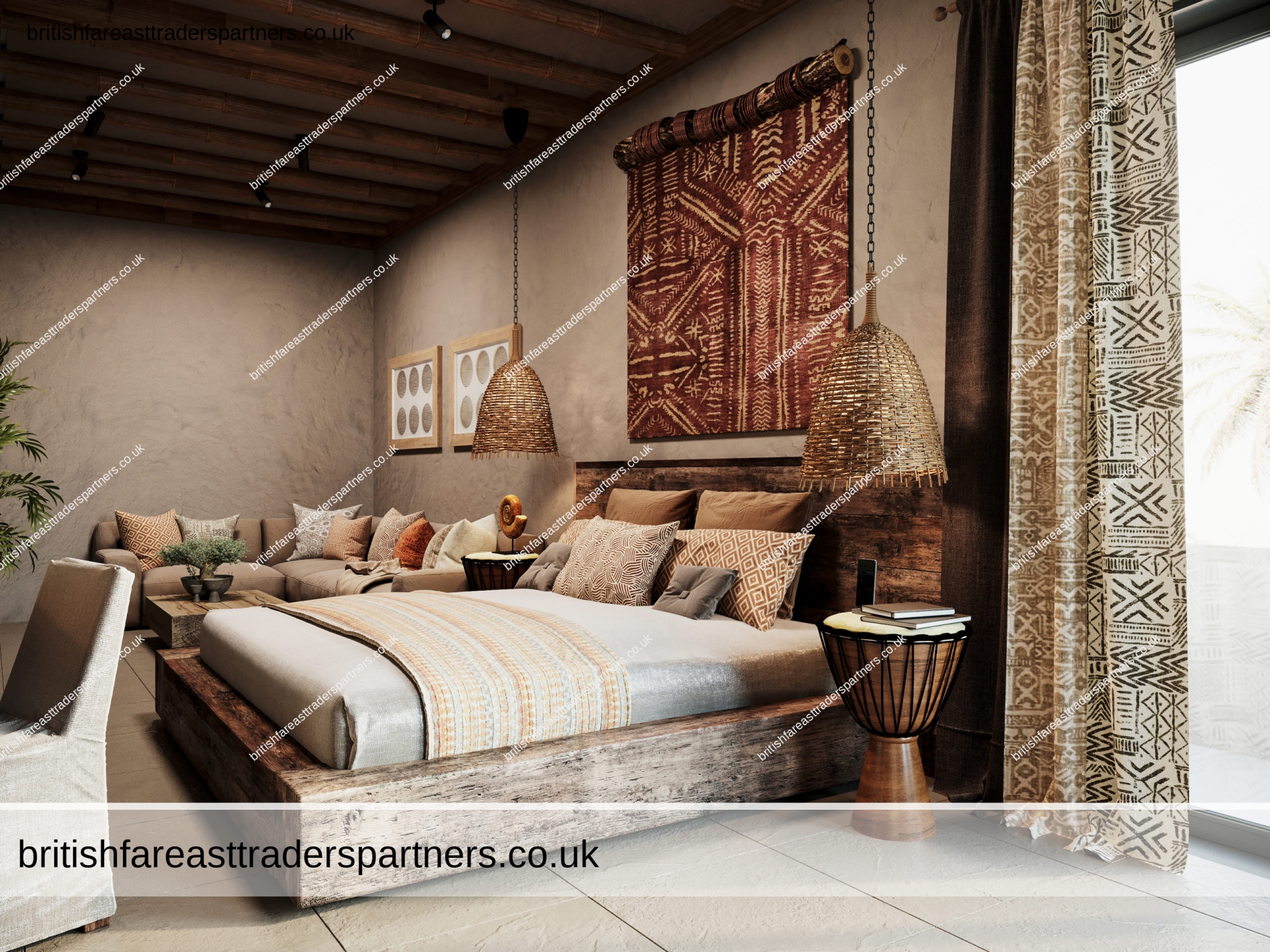
VICTORIA FALLS LODGE IN THE ANIMAL KINGDOM
150 keys 5 star safari lodge containing hotel and condominium facilities.
Land: 90 400 sqm overlooking one of the seven wonders of the world in Victoria Falls, Zimbabwe. 52 600 sqm of
development and 37 800 sqm of game reserve.
No development can be made in front of the site and location is ideal for an amazing safari concept with onsite facilities.
New Nordic Victoria Falls Lodge
Victoria Falls Lodge offers true luxury and comfort in the heart of Victoria Falls, Zimbabwe. Nestled in attractive gardens, the well-appointed hotel and condominiums are a mere 12-minute walk from Victoria Falls, one of the Seven Natural Wonders of the World. Victoria Falls Lodge is ideally located and it’s easy for guests to access all the historical sites, our Rock restaurant and activities available in Victoria Falls. The friendly and attentive staff of this welcoming luxury lodge makes sure that your visit is perfect in every way.
The award-winning chef at our Rock Restaurant at Victoria Falls Lodge is famous for its delicious gourmet cuisine and has attracted guests worldwide. Diners can see the spray and hear the sounds of Victoria Falls, locally known as the ‘Smoke That Thunders’, while they enjoy the al-fresco dining under the starry African skies that the Rock Restaurant offers. Wild animals, such as warthog and impala, often graze on the hotel lawns and entertain guests during mealtime.
Activities
Located on the Zimbabwean side of the mighty Zambezi River, Victoria Falls Lodge is one of the closest hotels to the magnificent Victoria Falls and is easily accessible to the town centre. Explore the lush wilderness surrounding the town on a game drive, surf the rapids on a Zambezi River white-water rafting expedition, get your heart racing as you
bungee jump off the Victoria Falls Bridge, or view the Falls from the exhilarating angle of Devil’s Pools on the edge of the plunging water. You can also enjoy a legendary Zimbabwean sunset from the comfort of the elegant Ra-Ikane river cruisers. Victoria Falls Lodge Activities Desk makes it simple to plan your day.
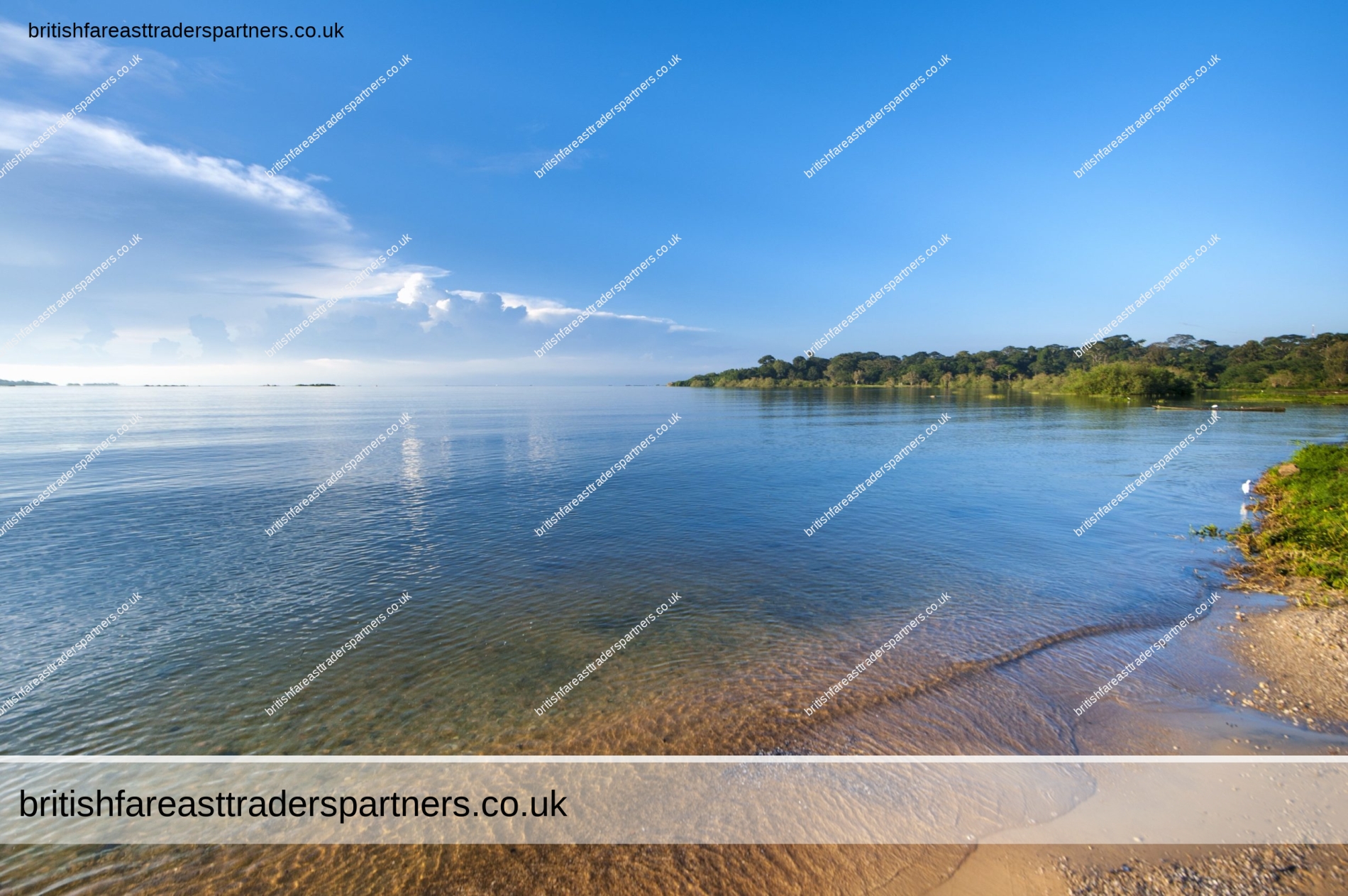
UGANDA: KIGO
A scenic lakefront land situated in the beautiful town of Kigo on the very shores of Lake Victoria.
Kigo town is located conveniently between Entebbe which nests the International Airport and Kampala, the capital of Uganda. The Airport is just 30 minutes away.
The development will comprise a wonderful 5 star resort and being situated by the lake, it will also provide all kind of water activities & excursions to islands situated on Lake Victoria.
Welcome to Uganda!
Let’s leave the waterfalls behind and head over to Uganda, The Pearl of Africa. Kampala is the bustling capital we just left behind and now we pull in at New Nordic Kigo Resort.
With a tapestry of landscapes, excellent wildlife watching and welcoming locals, Uganda packs a lot into one small country. It’s home to Africa’s tallest mountain range, the Rwenzoris, the source of the Nile, the world’s longest river and the continent’s largest lake. Rafting the Nile offers a world-class adrenaline adventure, but the country’s most
iconic experience is tracking mountain gorillas in their misty habitat. And if you view the Big Five, you’ll see that nature – diverse and resplendent – looms large here.
Emerging from the shadows of Uganda’s dark history, tourism is returning the sheen to the ‘pearl of Africa’. While anti-gay sentiments mar an otherwise positive picture, Uganda remains one of the safest destinations in Africa – save for the odd hippo at your campsite. Don’t rush. Here you’ll find the best the continent has to offer at a good value and with fewer visitors than in longer-established East African destinations.

KIGO VILLAGE KIWANO COUNTRY
A 5 star Hotel and Condominium project with 350 keys. Villa area, restaurants, fitness and spa, conference, supermarket and a small shopping arcade.
Land: 54.650 sqm perfectly located lake front to Lake Victoria in the outskirts of the capital Kampala. 300 meters
from the well established 5 stars Serena Hotel.
New Nordic Kigo Village
New Nordic Kigo Village is situated in a peaceful and idyllic location with breathtaking panoramic views of the gorgeous Lake Victoria. Yet we are within easy reach of the main Kampala on the Entebbe Road.
New Nordic Kigo Village is the perfect location for a holiday, a business trip, or combining business with pleasure.
NEW NORDIC DESIGN





GENERAL INTERIOR MOOD AFRICAN SAVANNAH
The interiors are inspired by African Savannah and follow an overall warm & rustic tone. The rustic materials such as bamboo add a touch of the wild side of Africa but is contrasted with bold lines and mood giving it the simplistic touch of the African Savannah.
All the materials are locally sourced keeping true to the local community development.
GENERAL ABOUT COLORS
Room Color and How it Affects Your Mood
The colors of the rooms in a room are a direct reflection of your personality. While most of us may not spend a lot of time thinking about room color, it affects us every day.
Room color can influence our moods and our thoughts. Color affects people in many ways, depending on age, gender, ethnic background and climate. Certain colors (or groups of colors) tend to get a similar reaction from most people; the variations come from the shades or tones used. This is why it’s so important to choose colors wisely when it comes to decorating.
You don’t have to worry about trends in order to have a beautiful home. Color trends will come and go. The people who live in a home make it beautiful by choosing colors that reflect their preferences and personalities. The trick is to blend the colors you like into a pleasing combination.
Choosing color combinations is one of the most intimidating steps for beginners. Color has the power to change the shape and size of furnishings, as well as the shape and size of the room itself. Selecting colors is not difficult if you equip yourself with some basic information about color and its effects.
Let’s find out more about room colors and how they influence your mood.
Choose Wisely
Keep in mind that each color has a psychological value. Think about how certain colors make you feel; they can influence any emotion, from tranquility to rage.
To create peace and harmony in your home, choose your colors wisely; some colors in large amounts might have the opposite effect on you and your loved ones.
What mood do you want to create? Which colors will help you achieve that mood?
If you need help answering these questions, look at magazines, decorating books, blogs and websites for ideas. Also, let your textiles be your guide. Fabric, carpeting, furniture and tile are available in a more limited range of colors than paint, so choose them first and then decide on your paint color.
Once you find something you like, limit the number of colors in a room to no more than three or four. Too many colors can make a room look busy or cluttered. Paint is fairly inexpensive and transforms a room more quickly than anything else, so you can afford to experiment a little.
Room Colors and Their Effects
Colors act in three basic ways: active, passive and neutral. You can easily match every room’s colors to your personal desires, to your taste and to the room’s purpose.
Light colors are expansive and airy, making rooms seem larger and brighter. Dark colors are sophisticated and warm; they give large rooms a more intimate appearance.
Let’s take a closer look at colors and learn what they can do to a room.
Red raises a room’s energy level. The most intense color, it pumps the adrenaline like no other hue. It is a good choice when you want to stir up excitement, particularly at night. In the living room or dining room, red draws people together and stimulates conversation. In an entryway, it creates a strong first impression. Red has been shown to raise blood pressure and speed respiration and heart rate. It is usually considered too stimulating for bedrooms, but if you’re typically in the room only after dark, you’ll be seeing it mostly by lamplight, when the color will appear muted, rich and elegant.
Yellow captures the joy of sunshine and communicates happiness. It is an excellent choice for kitchens, dining rooms and bathrooms, where it is energizing and uplifting. In halls, entries and small spaces, yellow can feel expansive and welcoming. Even though yellow although is a cheery color, it is not a good choice for main color schemes. Studies show that people are more likely to lose their temper in a yellow interior. Babies also seem to cry more in yellow rooms. In large amounts, this color tends to create feelings of frustration and anger. In chromotherapy, yellow is believed to stimulate the nerves and purify the body.
Blue is said to bring down blood pressure and slow respiration and heart rate. That is why it is considered calming, relaxing and serene, and it is often recommended for bedrooms and bathrooms. A pastel blue that looks pretty on the paint chip can come across as unpleasantly chilly on the walls and furnishings, however, especially in a room that receives little natural light. If you opt for a light blue as the primary color in a room, balance it with warm hues for the furnishings and fabrics. To encourage relaxation in social areas such as family rooms, living rooms or large kitchens, consider warmer blues, such as periwinkle, or bright blues, such as cerulean or turquoise. Blue is known to have a calming effect when used as the main color of a room — but go for softer shades. Dark blue has the opposite effect, evoking feelings of sadness. Refrain from using darker blues in your main color scheme.
IN PROCESS DUE ANYTIME SOON
Under the management of Kiwano Travel, New Nordic already provides adventurous experiences across all our destinations in Africa. From charming home-stays and food experiences with tribal chiefs to gorilla tracking in Uganda’s deep rainforests and freshwater diving in the beautiful lake Malawi, Kiwano Travel has created an extensive portfolio of exciting adventures.
UGANDA
Entebbe – this is already our second development in Uganda. This city pearl combines a city experience with a stroll
around the corner to Lake Victoria. Maybe a great stop-over to catch a flight to or from another country. Airport is a mere 10 minutes away.
MOZAMBIQUE
Mozambique beckons with its coastline and swaying palms, its traditions, it’s cultures, it’s vibe and its opportunities for adventure. This enigmatic southeast African country is well off most travellers’ maps, but it has much to offer those who venture here: long, dune-fringed beaches, turquoise waters abounding in shoals of colourful fish, well-preserved corals, remote archipelagos in the north, pounding surf in the south and graceful dhows with billowing sails.
UGANDA: ENTEBBE
Entebbe – a perfect piece of land for a development combining a great city experience with all the perks of being at
a stones throw to Lake Victoria, just 10 min drive from the airport.
New Nordic Entebbe City Hotel
The land will have a condominium development of up to 8 floors which will also comprise of retail outlets, spa, restaurants and business facilities. 5 000 sqm.
Welcome to Entebbe in Uganda!
On the shores of gorgeous Lake Victoria, Entebbe is an attractive, verdant town that served as the capital city during the early years of the British protectorate. Today it’s the relaxed pace of life and nearby natural attractions that give the city its charm rather than any notable colonial relics.
Unless you have reason to rush into Kampala, Entebbe makes a nice, chilled-out introduction to Uganda, and many visitors prefer to base themselves here for a few days rather than in Kampala’s traffic-choked streets. It’s also the ideal place to end your trip if you’re stuck with one of the many early-morning flights out of Uganda’s international airport.
Interesting
Hollywood movie 7 days in Entebbe hit the silver screen in May 2018, movie inspired by the true events of the 1976 hijacking of an Air France flight en route from Tel Aviv to Paris, and the most daring rescue mission ever attempted.
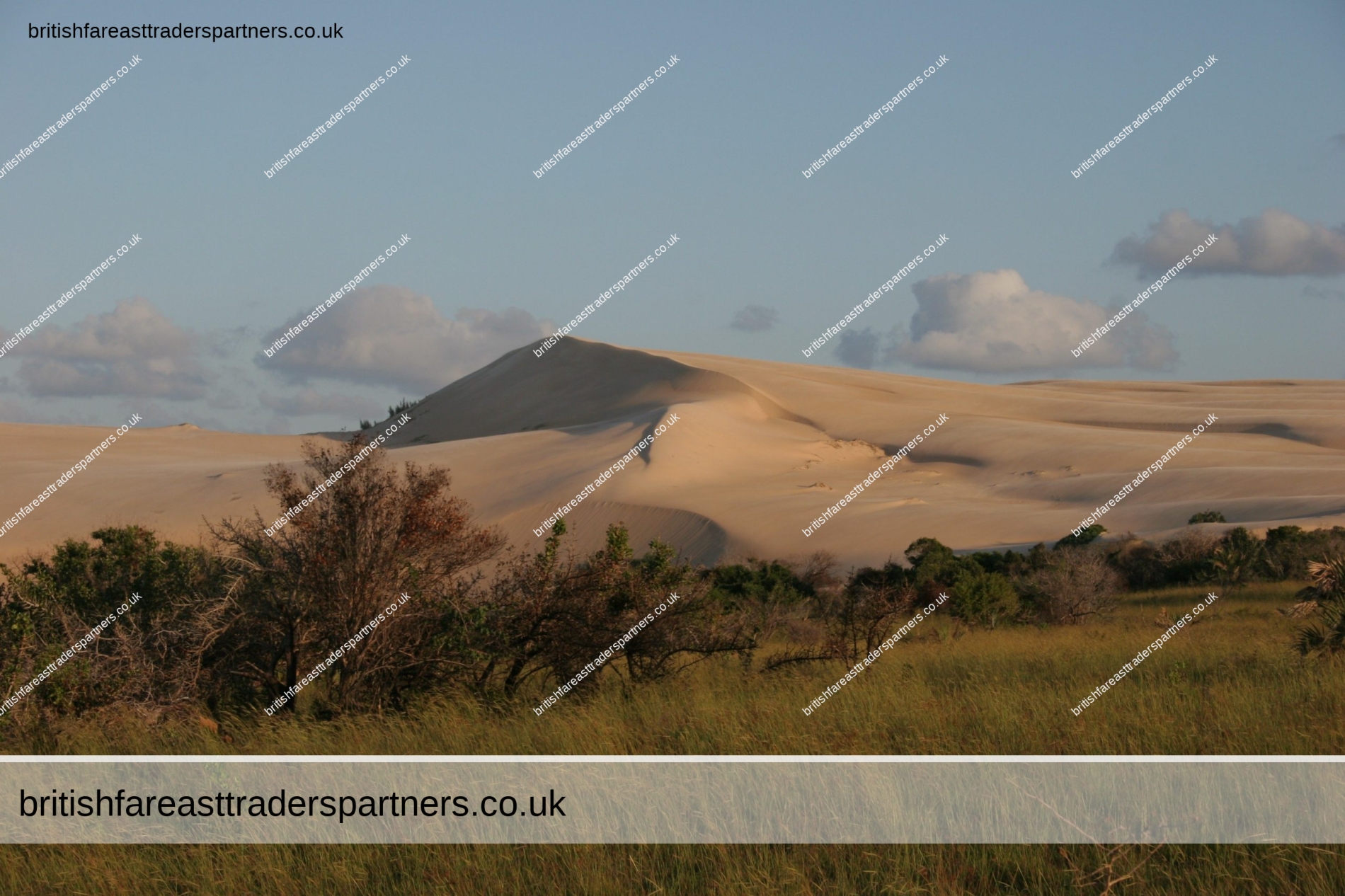
MOZAMBIQUE: SEAFARING TRADITIONS, GOLDEN SAND BEACHES
Mozambique’s coastline is one of Africa’s longest and most alluring, from the windswept dunes of Ponta d’Ouro to the languid archipelagos and palmfringed beaches of the far north. There are countless islands, including magical Mozambique Island and enchanting Ibo.
Ponta Mamoli is a beautiful place located in the province of Maputo, in the southern part of the country, 120 km south of Maputo, the capital of Mozambique and just on the border to South Africa.
The terrain of Ponta Mamoli is relatively flat. There are beautiful & pristine beaches to the east, Ponta Mamoli is an attractive tourist getaway.
A beautiful beachfront land located in the quaint Ponta Mamoli area, less than 3 hours from Maputo International Airport.
MOZAMBIQUE
Mozambique’s coastline is one of Africa’s longest and most alluring, from the windswept dunes of Ponta d’Ouro to the languid archipelagos and palm-fringed beaches of the far north. There are countless islands, including magical Mozambique Island and enchanting Ibo. The country’s history and culture are tied to the sea, and most visitors spend
their time along the coast, travelling from one beach or island to the next. Inland, the golden sands of Lake Malawi, with their backdrop of lush mountains rising up from the lakeshore, are a fixture in Southern African travel itineraries.
Cultures
Wherever you go, immerse yourself in the everyday beauty, realities and vibrancy of Southern African life and take advantage of opportunities for community-based tourism. In English-speaking Zambia and Malawi, local culture is often readily accessible, and both countries offer a wealth of cultural-tourism activities. In Mozambique, the pulsating
rhythms of Marrabenta are legendary. Maputo’s excellent dance and cultural scenes, complemented by local walking tours, provide a good jumping-off point for getting acquainted with this and other musical styles. Throughout, it will be encounters with Zambians, Malawians and Mozambicans that will make your visit to the region unforgettable.
MOZAMBIQUE GOLDEN SAND VILLAGE GOLDEN SAND BEACHES
Beachfront 5 star luxury accommodation clubbed with serviced apartments, luxury villas, conference facilities,
helipad, restaurants, gym & spa.
Land: 60 000 sqm, 100 meters beach front.
New Nordic Golden Sand Village
Nestled in a sheltered bay on Mozambique’s Lagoon Coast, poised amongst the dunes on timber stilts, our 140 luxurious suites and 20 private villas have been sensitively designed to take advantage of their beautiful natural setting, while protecting the fragile eco-systems beneath them. Cool, clean lines, contemporary furniture and a palette
inspired by the surrounding coastal landscape, make for a getaway out of this world.
New Nordic Golden Sand Village boasts a modern conference center for 300 guests, setting the stage for a conference people will talk about for a long time after washing off the sand and closed the bags.
Communication; easy to reach by the well-connected airport in Maputo and from there you’ll be taken by our limousine service to our village. The journey itself is a memory with scenic landscapes flowing by. For extra comfort we recommend using our Helipad with direct access to international flights.
The Fishmarket, one of our signature restaurants will serve you local and international dishes – Paul Bocuse related chef shows we mean business!
Our Kitchen: “Where we serve our guests is almost as important as the food itself. Whether it’s under the star-strewn sky, in the privacy of your room or a picnic on the beach with an alfresco meal and the sound of waves lapping on the sand, you’ll find a space to suit your mood. There’s always the element of the unexpected, something to surprise
you, wherever you choose to dine.”
Welcome to New Nordic Golden Sand Village!
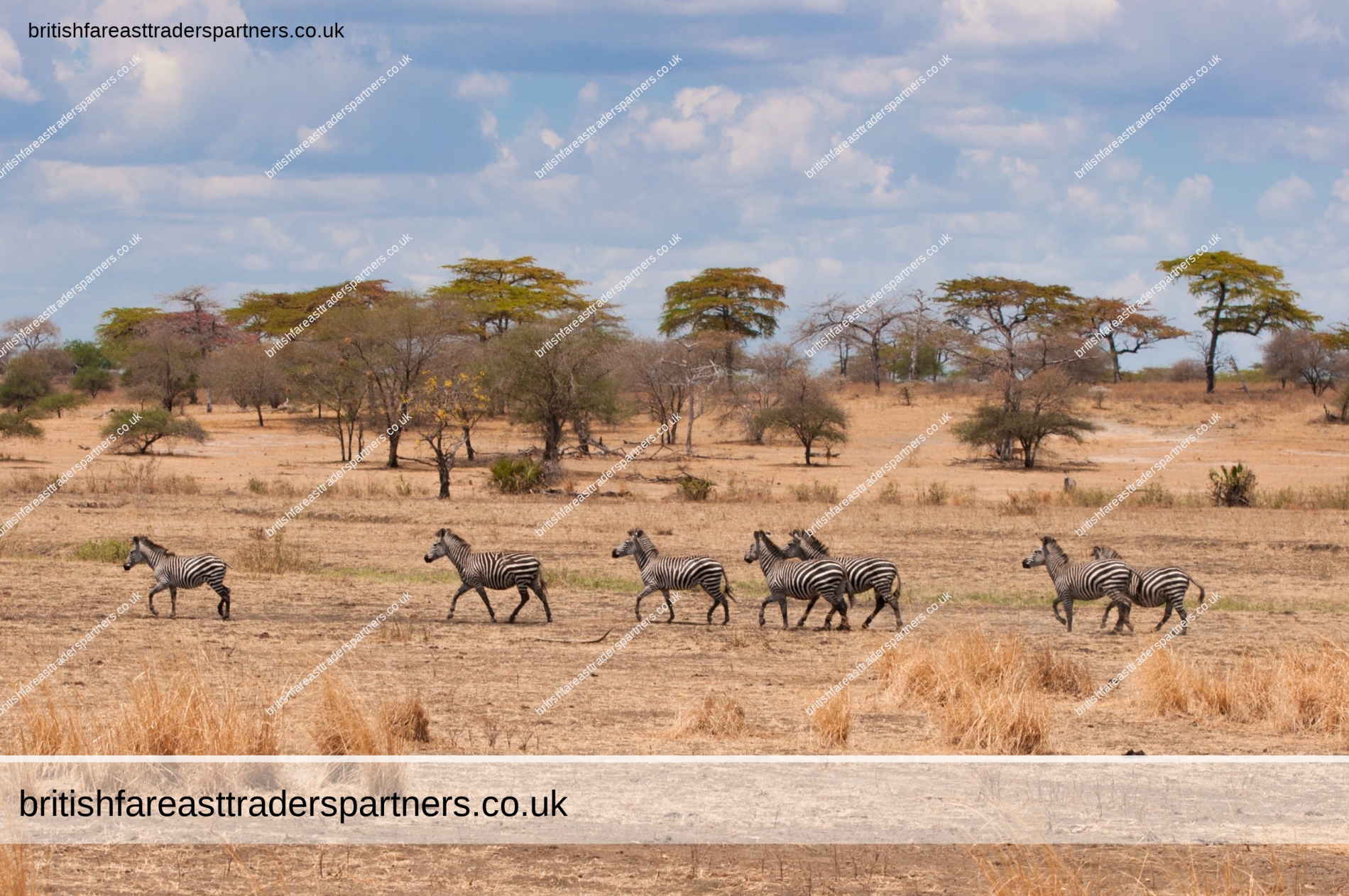
TANZANIA THE LAND OF SAFARIS
More than almost any other destination, Tanzania is The land of Safaris. Wildebeest stampede across the plains. Hippos jostle for space in muddy waterways. Elephants wander along seasonal migration routes and chimpanzees swing through the treetops.
Wildlife, beaches, friendly people, fascinating cultures, Serengeti, Ngorongoro, Mt Kilimanjaro, Zanzibar Archipelago –
Tanzania has all these and more wrapped up in one adventurous, welcoming package.
The Zanzibar Archipelago, located in the Indian Ocean 20 km off the coast of Tanzania, is a breathtaking spot to escape from the world. You’ll enjoy clear, turquoise-blue water; shallow sandbars perfect for wading; and many small, nearly deserted islands virtually unvisited by tourists.
Tanzania
More than almost any other destination, Tanzania is The land of Safaris. Wildebeest stampede across the plains. Hippos jostle for space in muddy waterways. Elephants wander along seasonal migration routes and chimpanzees swing through the treetops. Throughout the country there are unparalleled opportunities to experience this natural wealth: take a boat safari down the Rufiji River past snoozing crocodiles in Selous Game Reserve; watch giraffes silhouetted against ancient baobab trees in Ruaha National Park; sit motionless as waterbirds peck in the shallows around Rubondo Island; and hold your breath while lions pad around your vehicle in Ngorongoro Crater.
Idyllic Beaches
Tanzania’s Indian Ocean coastline is magical, with tranquil islands and sleepy coastal villages steeped in centuries of Swahili culture. Travel back in time to the days when the East African coast was the seat of sultans and a linchpin in a far-flung trading network extending to Persia, India and beyond.
Relax on powdery beaches backed by palmtrees and massive baobabs; take in magnificent, pastel-hued sunrises; immerse yourself in languid coastal rhythms; and sit beneath the billowing sails of a wooden dhow, listening to the creaking of its rigging and the gentle slap of the sea against its prow.
Mt Kilimanjaro
Sending its shadow across Tanzania’s northern plains, Mt Kilimanjaro beckons visitors with its graceful, forested flanks and stately snow-capped summit. It is Africa’s highest peak and the world’s highest free-standing volcano. It is also home to the Chagga people, and to a wealth of birds and wildlife.
Climbers by the thousands venture here to challenge themselves on its muddy slopes, rocky trails and slippery scree. The rewards: the thrill of standing at the top of Africa; magnificent views of Kilimanjaro’s ice fields; and witnessing sunrise illuminating the plains far below.
Captivating Cultures
Wherever you go in Tanzania, opportunities abound for getting to know the country’s people and cultures. Meet red-cloaked Maasai warriors. Spend time with semi-nomadic Barabaig near Mt Hanang. Experience the hospitality of a local meal and the rhythms of traditional dance. Chat and barter at local markets. More than anything else, it is the
Tanzanian people – with their characteristic warmth and politeness, and the dignity and beauty of their cultures – that make visiting Tanzania so memorable. Chances are you’ll want to come back for more, to which most Tanzanians will say ‘karibu tena’ (welcome again).

KENYA SAVANNAH SUNSETS
Vast savannahs peppered with immense herds of wildlife. Snow-capped equatorial mountains. Traditional peoples who
bring soul and colour to the earth. Welcome to Kenya.
Mombasa, a melting pot of languages and cultures from all sides of the Indian Ocean, waits like an exotic dessert for
travellers who make it to Kenya’s coastline. Having more in common with Dakar or Dar es Salaam than Nairobi,
Mombasa’s blend of India, Arabia and Africa can be intoxicating, and many visitors find themselves seduced by
East Africa’s biggest and most cosmopolitan port despite its grime and sleaze, which somehow only adds to the place’s
considerable charm.
Kenya
When you think of Africa, you’re probably thinking of Kenya. It’s the lone acacia silhouetted on the savannah against a horizon stretching into eternity. It’s the snow-capped mountain almost on the equator and within sight of harsh deserts. It’s the lush, palm-fringed coastline of the Indian Ocean, it’s the Great Rift Valley that once threatened to tear
the continent asunder, and it’s the dense forests reminiscent of the continent’s heart. In short, Kenya is a country of epic landforms that stir our deepest longings for this very special continent.
Proud People
Filling the country’s landscape, adding depth and resonance to Kenya’s age-old story, are some of Africa’s best-known peoples. The Maasai, the Samburu, the Turkana, the Swahili, the Kikuyu: these are the peoples whose histories and daily struggles tell the story of a country and of a continent – the struggle to maintain traditions as the modern world crowds in, the daily fight for survival in some of the harshest environments on earth, the ancient tension between those who farm and those who roam. Drawing near to these cultures could just be a highlight of your visit.
Abundant Wildlife
Kenya is the land of the Masai Mara, of wildebeest and zebras migrating in their millions with the great predators of Africa following in their wake, of endangered species like black rhinos managing to maintain their precarious foothold. But Kenya is also home to the red elephants of Tsavo, to Amboseli elephant families in the shadow of Mt Kilimanjaro and to the massed millions of pink flamingos stepping daintily through lake shallows. Africa is the last great wilderness where these creatures survive. And Kenya is the perfect place to answer Africa’s call of the wild.
Conservation’s Home
The abundance of Kenya’s wildlife owes everything to one of Africa’s most innovative and successful conservation communities. Through some pretty tough love – Kenya pioneered using armed rangers to protect rhinos and elephants – Kenya stopped the emptying of its wilderness and brought its wildlife back from the brink after the poaching holocaust of the 1970s and 1980s. More than that, in places like Laikipia and the Masai Mara, private and community conservancies fuse tourism with community development and wildlife conservation to impressive effect. In other words, if you want your visit to make a difference, you’ve come to the right place.
KIWANO AMBASSADORS PAVING WAY
Supporting the local economy, hiring local employees and developing in line with the needs and requirements of local communities have always been a top priority for New Nordic.
Taking our newly purchased land in beautiful Salima as an example, we are already in discussion with local leaders on how we can ensure a close cooperation with the local community all the way from today until the opening of our project in the future.
In addition to the aforementioned plans in cooperation with Kiwano Travel, New Nordic further commits to source both our workforce, as well as materials, art, decor and other resources through the support of localbusinesses in areas with close proximity to our project sites.
About The Cooperation Between New Nordic And Kiwano On Local Development
Supporting the local economy, hiring local employees and developing in line with the needs and requirements of local communities have always been a top priority for New Nordic during our expansion. When entering Africa, these priorities stand stronger than ever as we now embark on projects located further away from city centres and closer to serene nature with rural establishments and communities. Taking our newly purchased land in beautiful Salima as an example, we are already in discussion with local leaders on how we can ensure a close cooperation with the local community all the way from today until the opening of our project in the future.
In cooperation with Kiwano Travel, New Nordic will further work closely with locals in order to create mutual benefits for all stakeholders involved in our projects. By engaging locals from our immediate areas as guides, drivers, travel planners and ambassadors; our travel agency will do their part in ensuring our projects support and facilitate local
development and growth. The introduction of social impact initiatives where a percentage of Kiwano’s profits are invested in local businesses are also in its earliest planning stage under the leadership of our local ambassadors. Such projects will be implemented only through close cooperation with local communities and by ensuring the locals are
in charge.
In addition to the aforementioned plans in cooperation with Kiwano Travel, New Nordic further commits to source both our workforce, as well as materials, art, decor and other resources through the support of local businesses in areas with close proximity to our project sites.
KIWANO’S AFRICA
Under the management of Kiwano Travel, New Nordic already provides adventurous experiences across all our destinations in Africa. From charming home-stays and food experiences with tribal chiefs to gorilla tracking in Uganda’s deep rainforests and freshwater diving in the beautiful lake Malawi, Kiwano Travel has already created an extensive portfolio of exciting adventures all across the Southeastern part of the African continent. All the way from today until the future opening of our projects, Kiwano will ensure your stay in Africa is filled with adventures built on environmental and ethical values designed for a sustainable future.
THE KIWANO AMBASSADORS
In addition to the employees working in legal, development and administrative functions for New Nordic, Kiwano Travel has engaged Local Ambassadors and guides all across the eastern part of the African continent. With a current presence in a total of 7 African nations, our adventure travel agency is already well established and ready to show you what New Nordic in Africa is all about! Just to mention a few of the first ambassadors; Thandeka in Zimbabwe, Brighton in Zambia, Kenneth in Uganda, Ahmed in Tanzania, Limbikani in Malawi, Aaron in Botswana and Charles & Zara in Kenya are waiting to welcome you to give you a taste of what’s to come for New Nordic on the African continent.
You can read more about all our ambassadors at kiwanotravel.com/team.
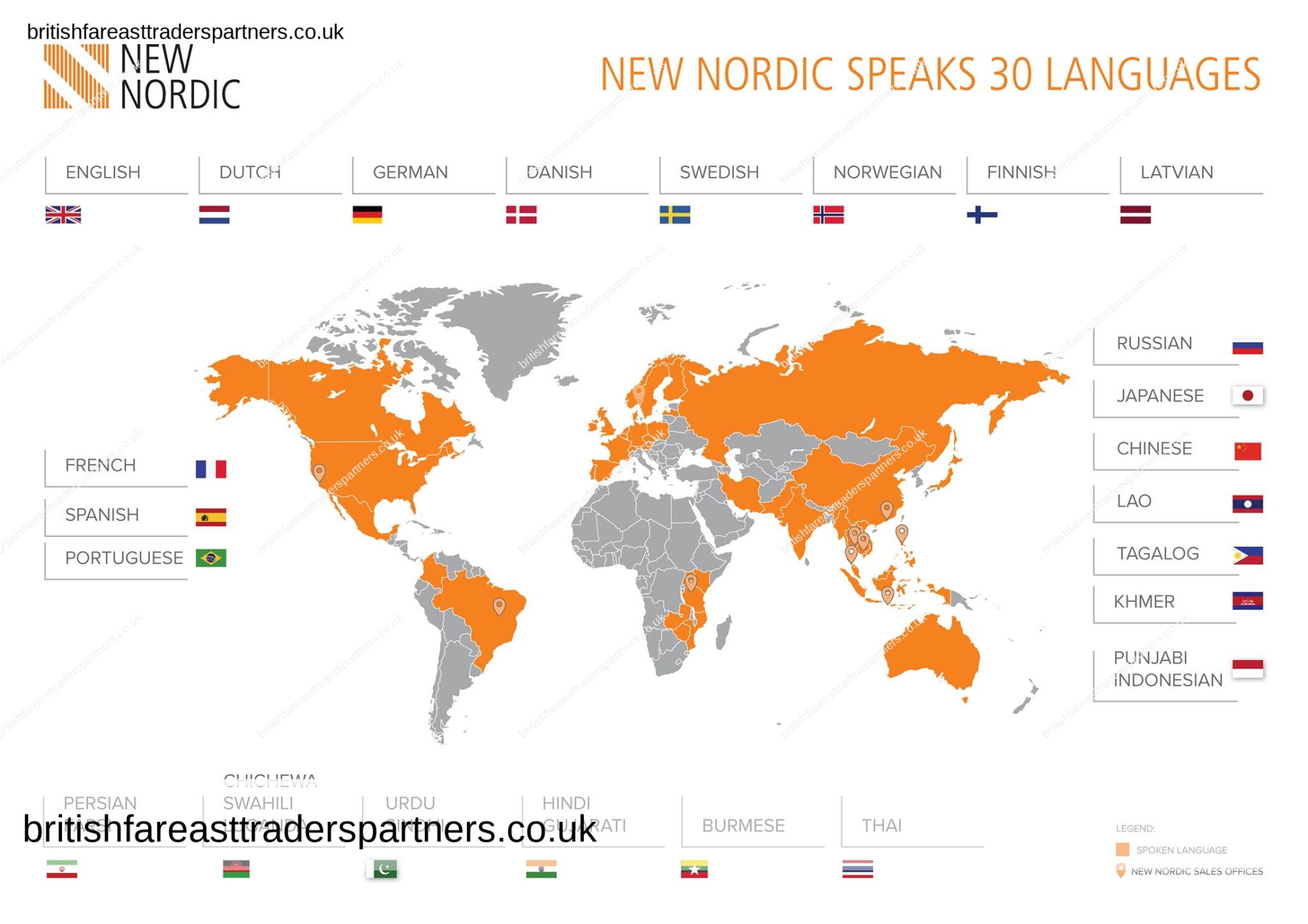
The World according to New Nordic
This is our world, today. Already as it stands it’s an impressive achievement from the first steps in our crib in Pattaya. As you know, we do not sit back and rest on our heritage, but keep on expanding our world using our solid heritage as a foundation.
Our pillars are still the same, the quality, the promise to deliver on what is sold on time and in a transparent way.
2018 was the first step to becoming a true global player with the formation of the individual companies that makes up the group. A group with solid knowledge and clear aim to exceed our customers expectations.
2019 will be hectic with the launch of Phetchaburi, a development that shares the cursors of a town rather than a building project. For sake of the argument, I grew up in a town a fraction of the size of Phetchaburi. And now you learnt about Africa. A whole continent bursting with life and fast middle class growth. For sure there will be obstacles on our journey, but we’re here to stay and be persistent.
New Nordic opens up a new world for investors. As we write this document, the stock markets around the world are trembling. Crypto currencies have dived and left a large group of investors with nothing then useless tokens. We deliver solid investments not “backed” by assets held in shadows, but real ownership. Properties that overtime never
has failed. We cannot say that an investment is safe, but better than this is hard to get.
Karibu (welcome in Swahili)
We’ve reached the end of this presentation and I hope we’ve given you some thoughts and maybe taken your awareness of the oldest continent in todays world. We’ve shown the vast opportunities that we offer and will pursue development of, whilst develop properties that blend into the African soil, culture and people.
Welcome to our new world; New Nordic Africa!
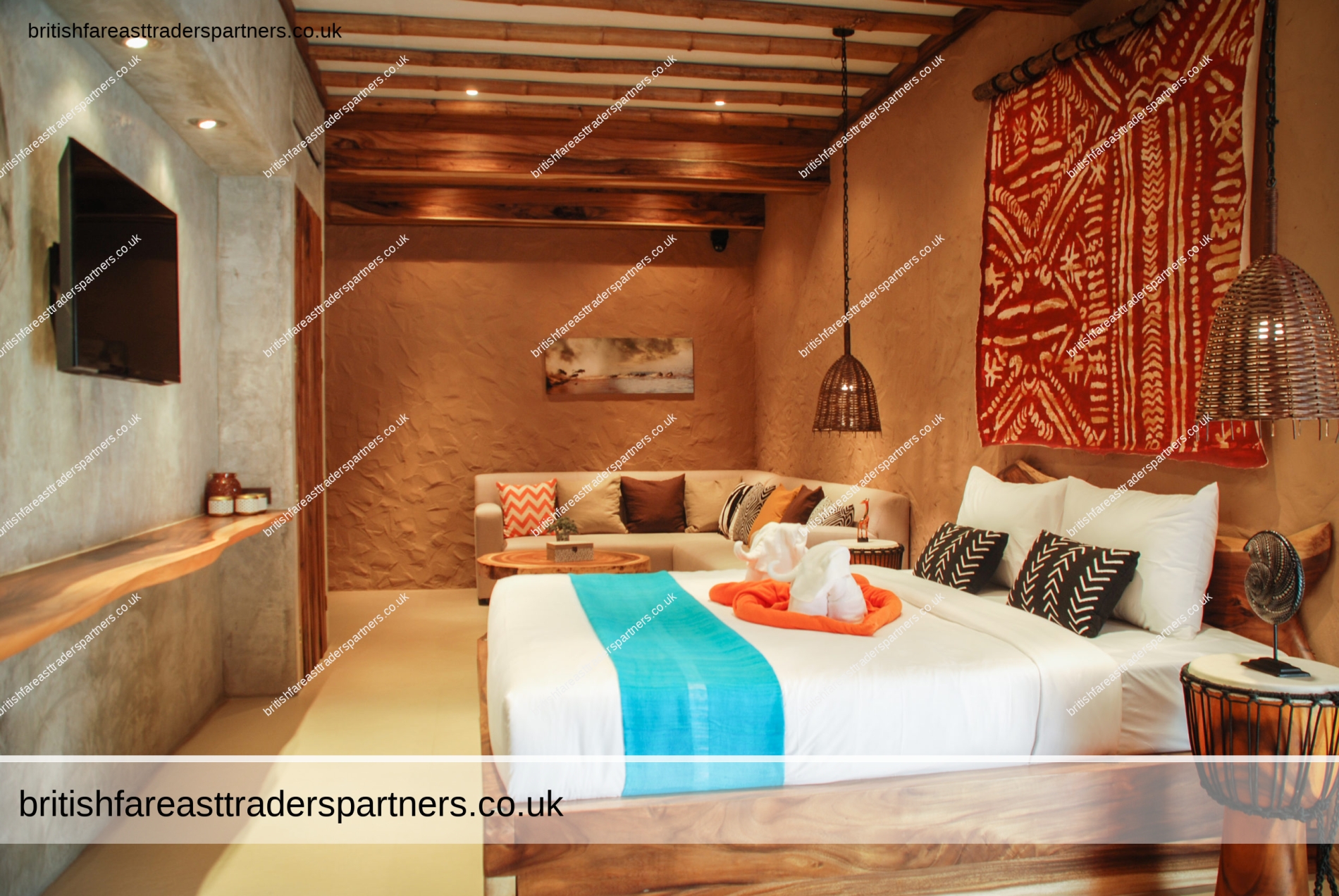
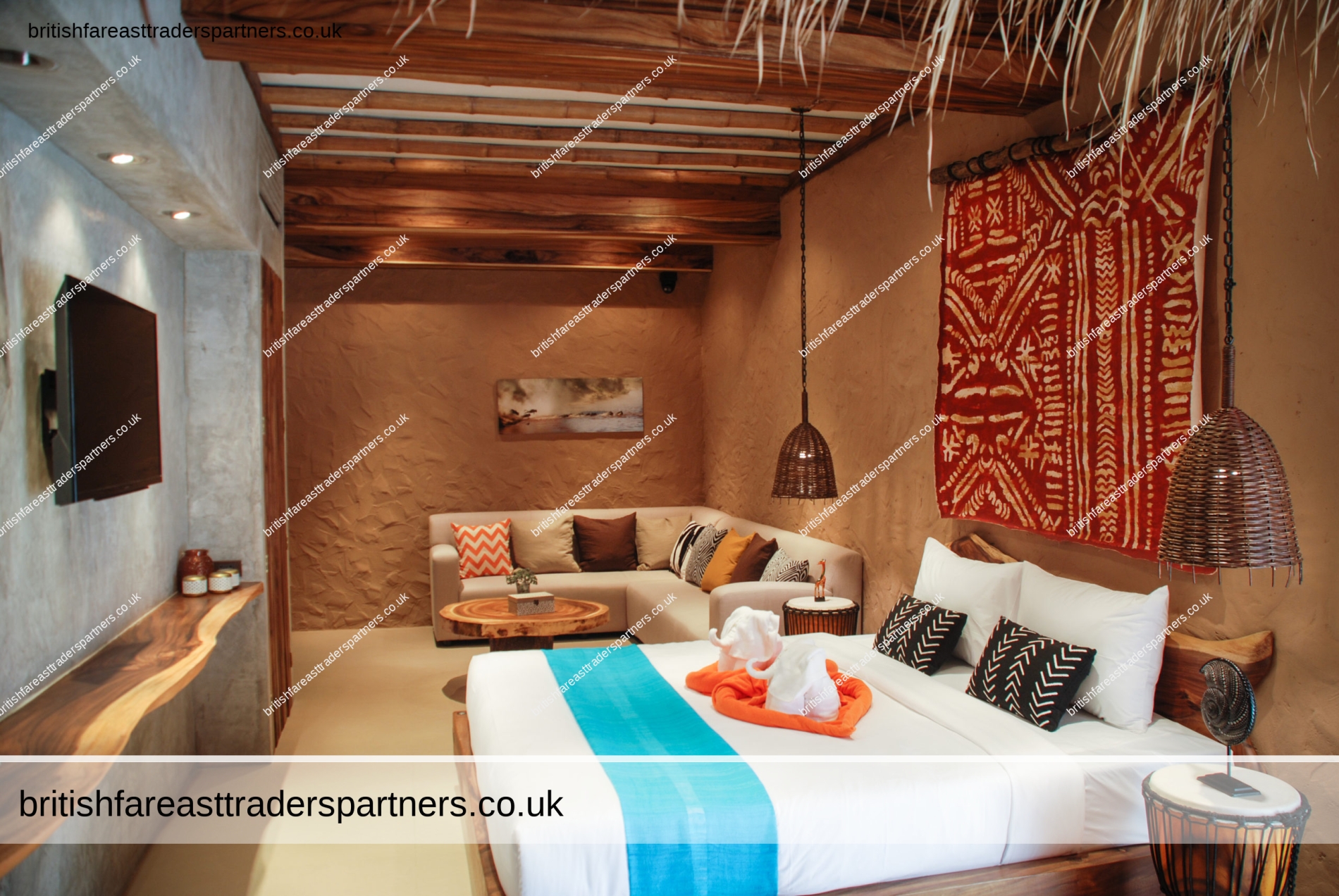
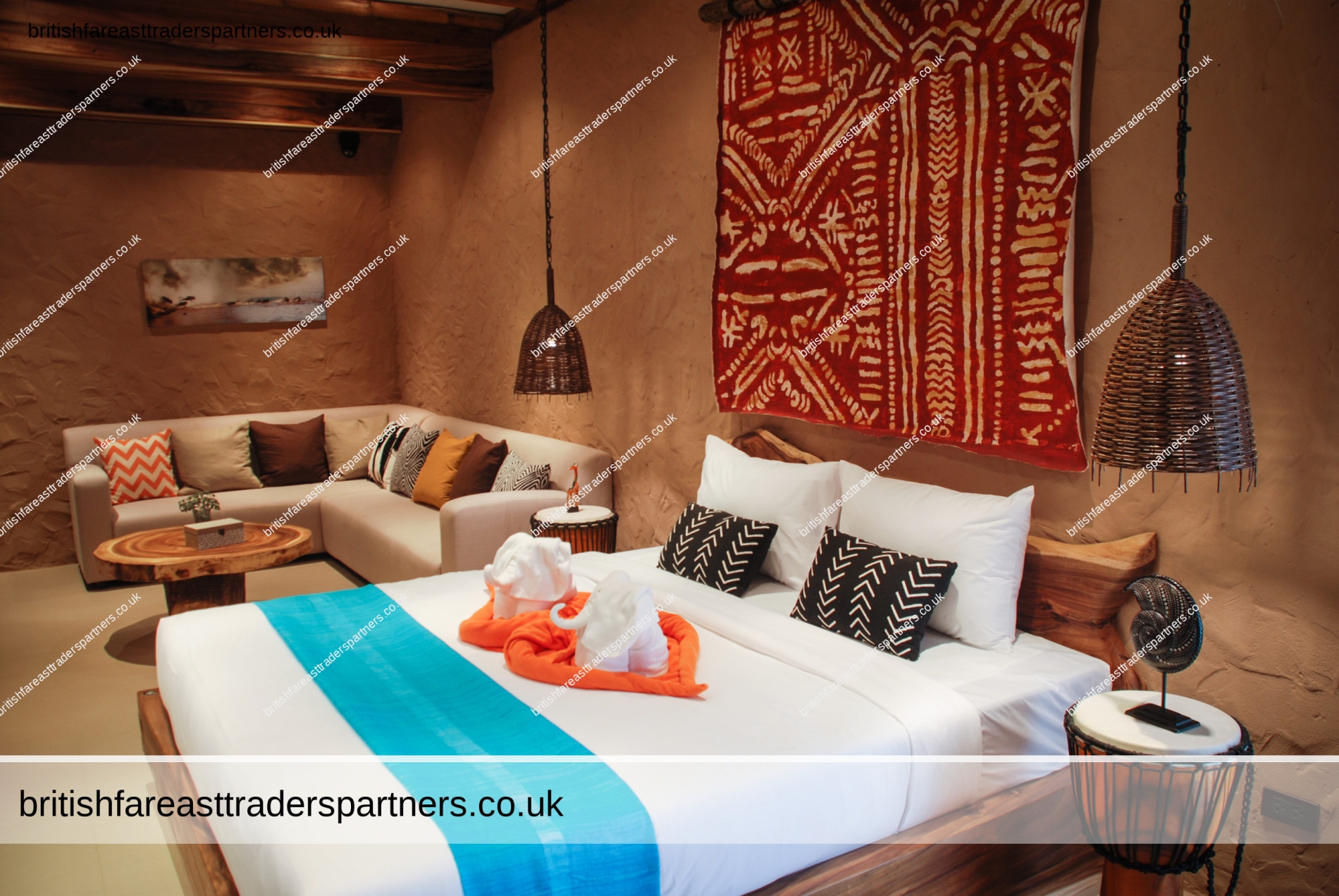
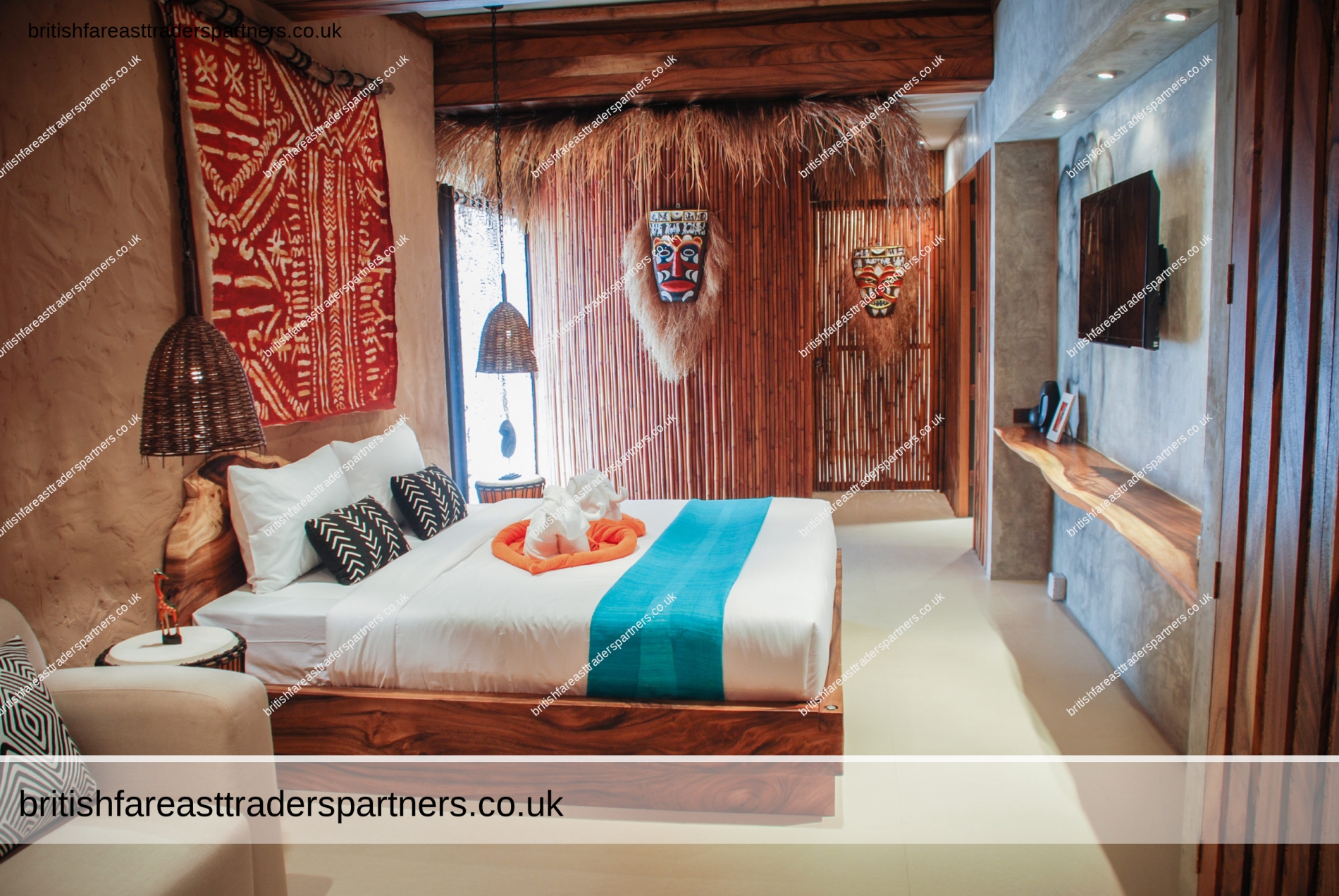

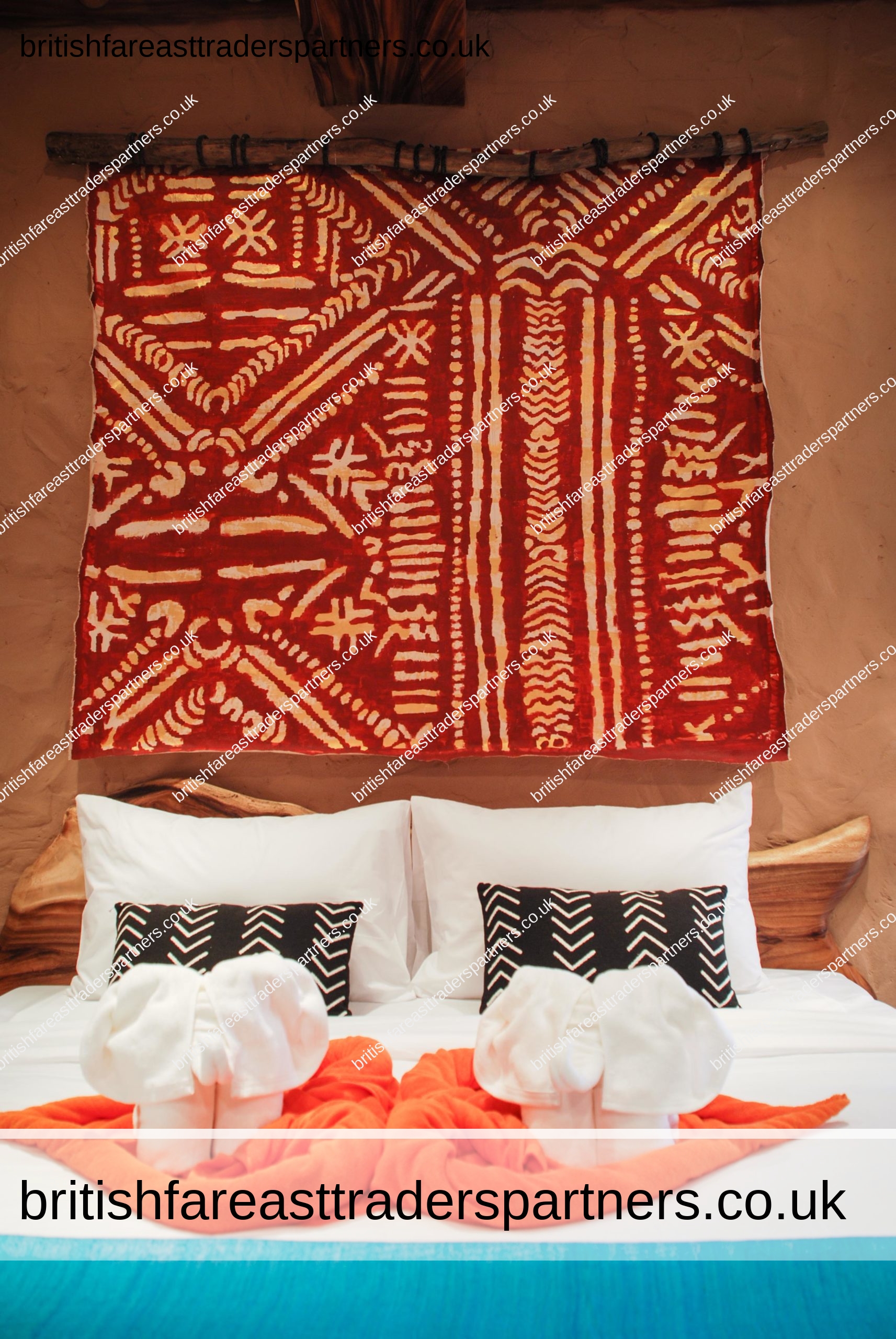
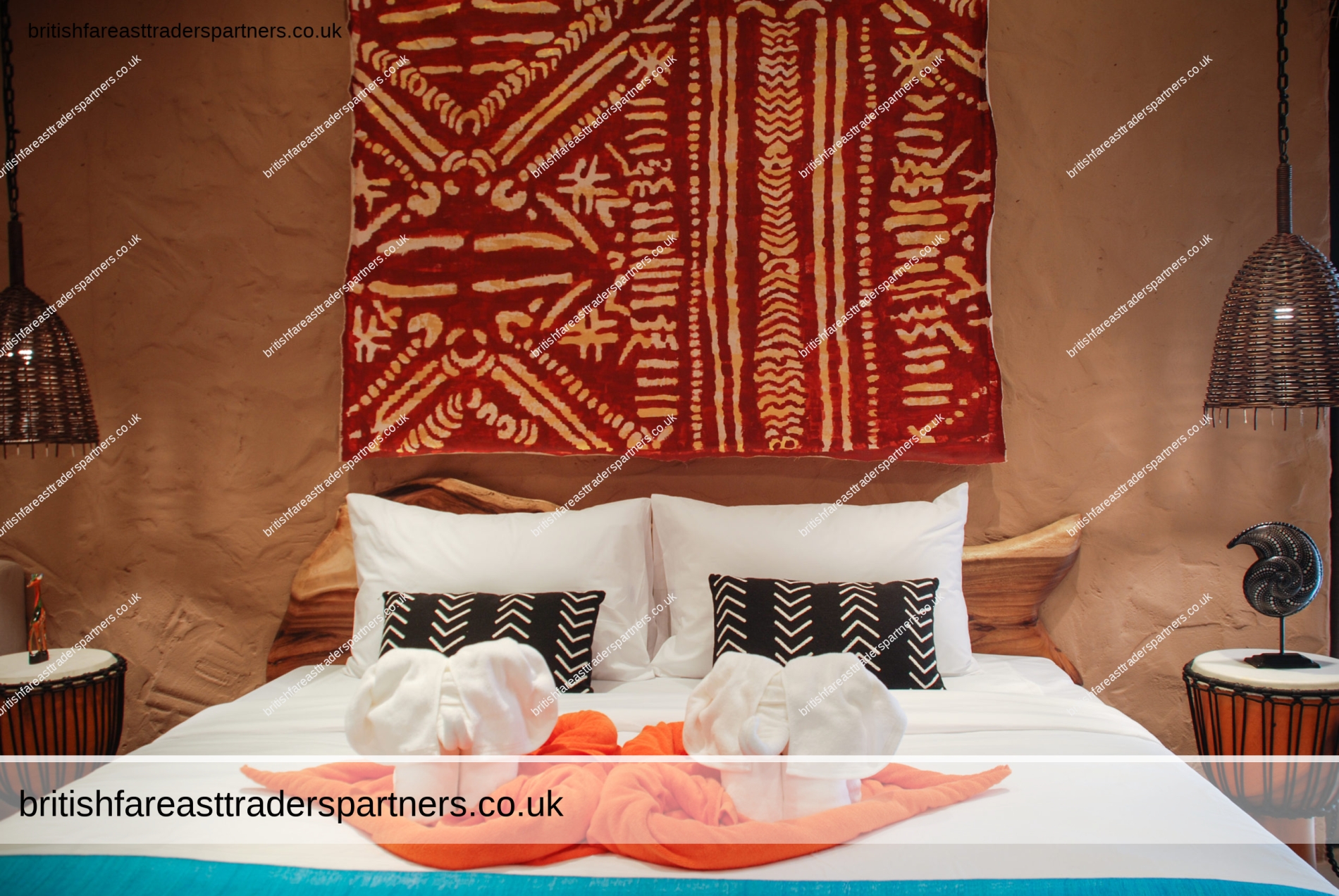
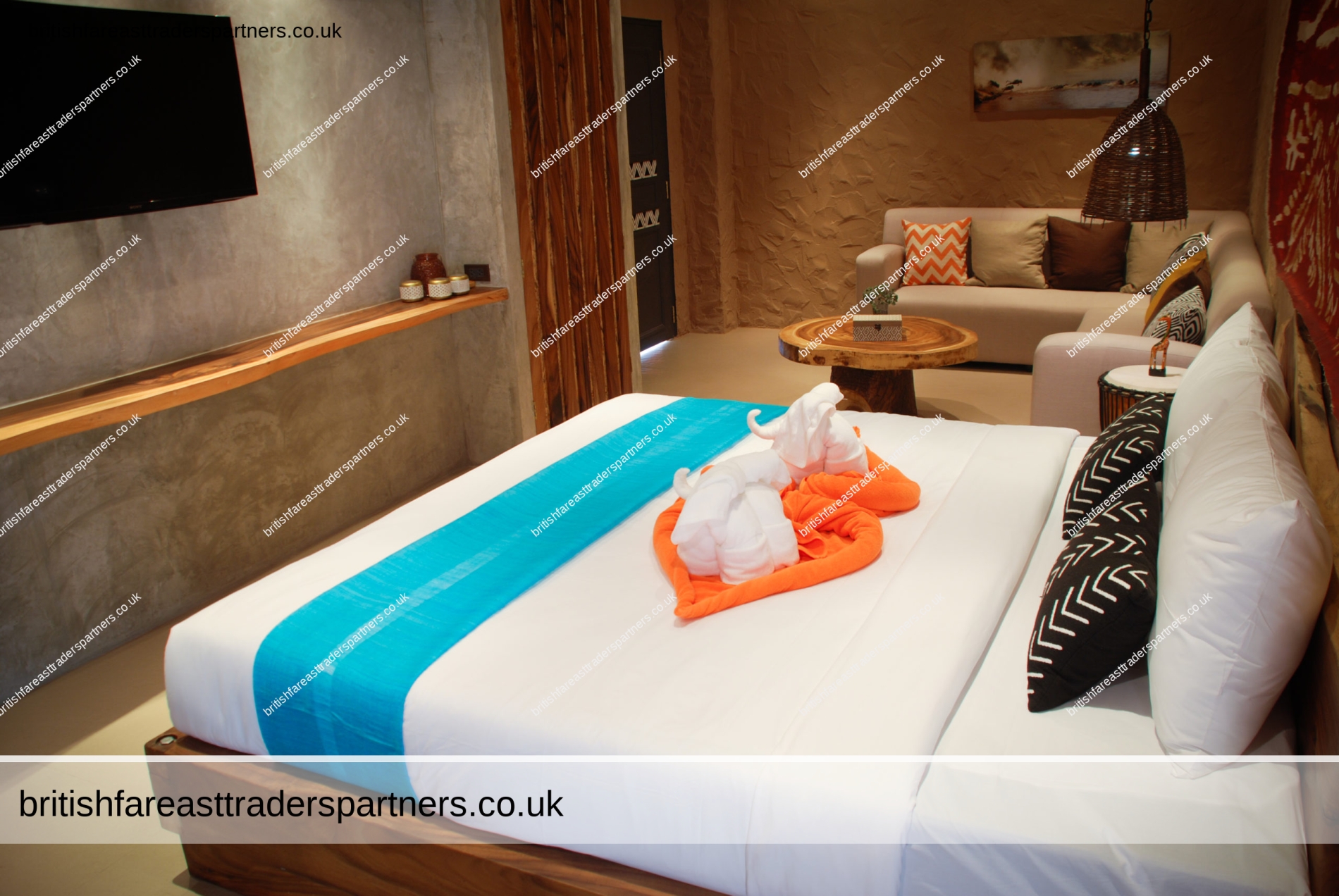
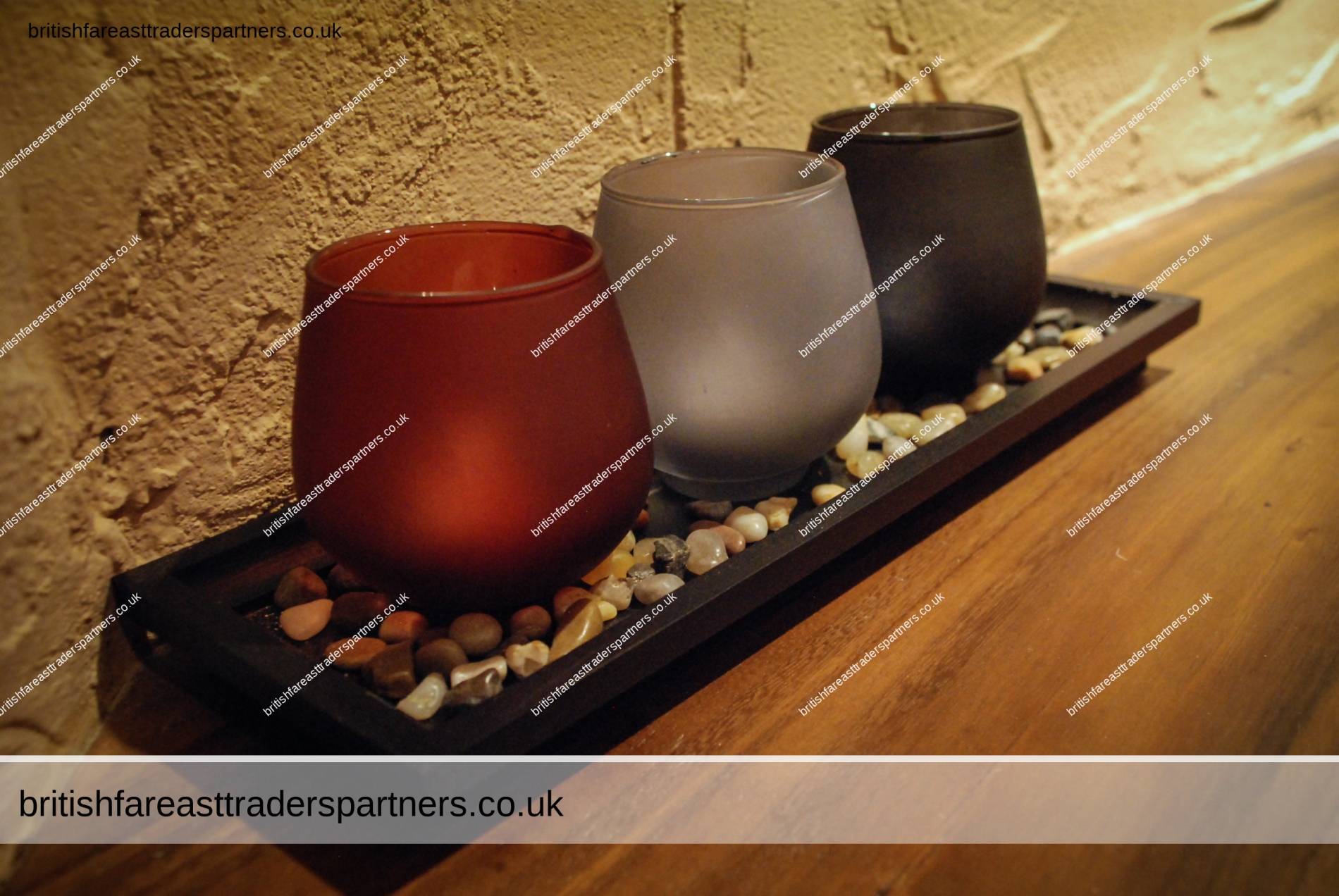
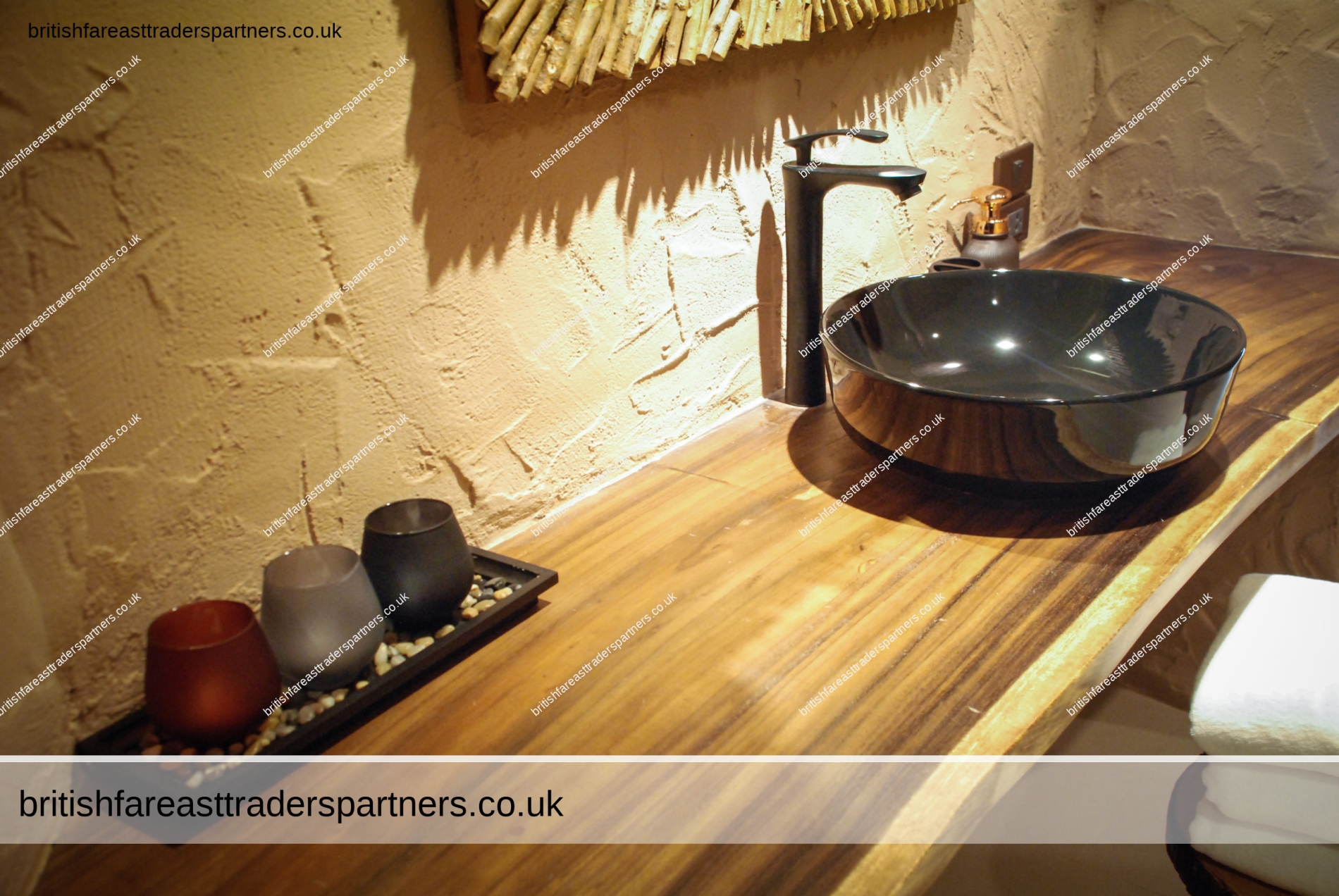


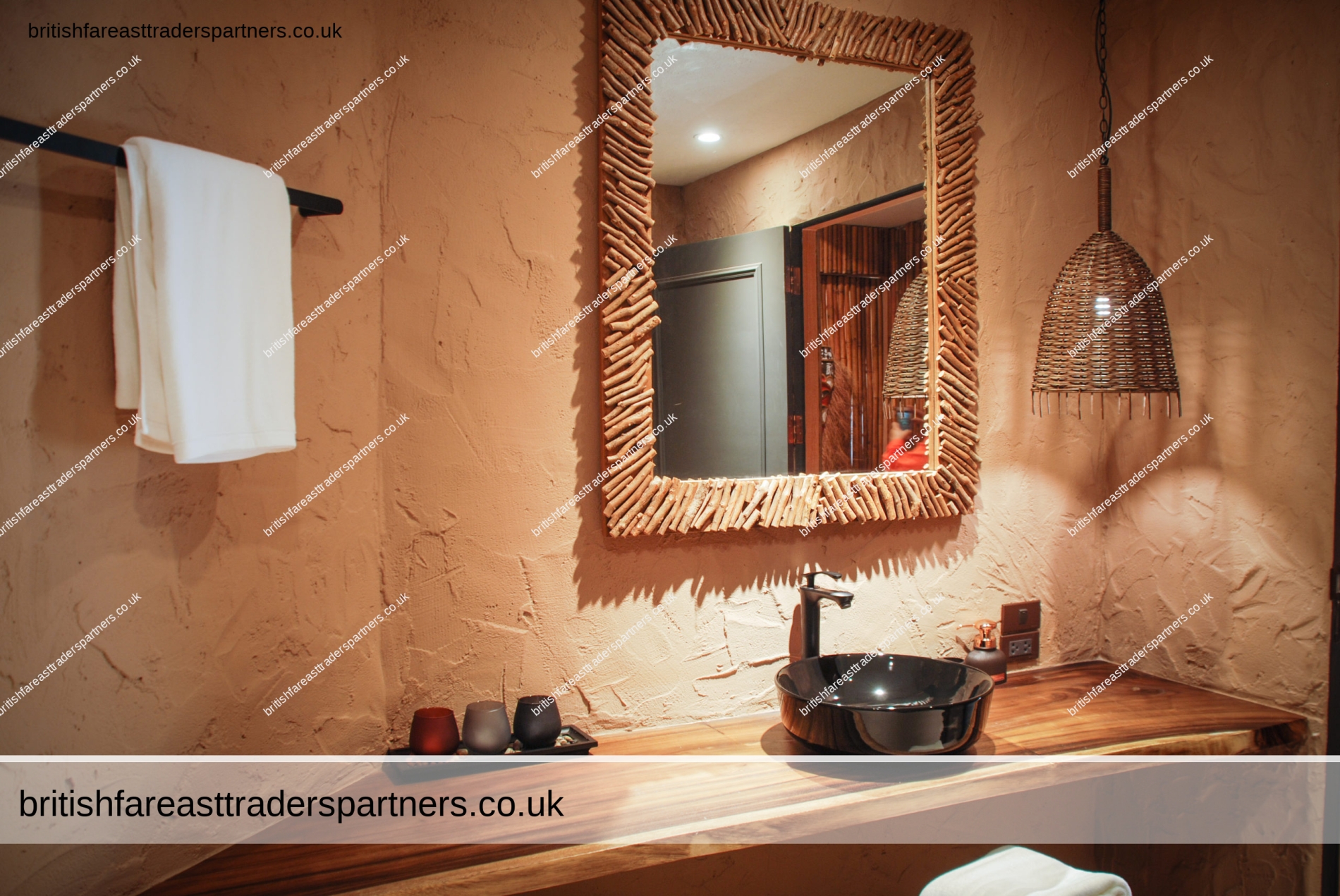
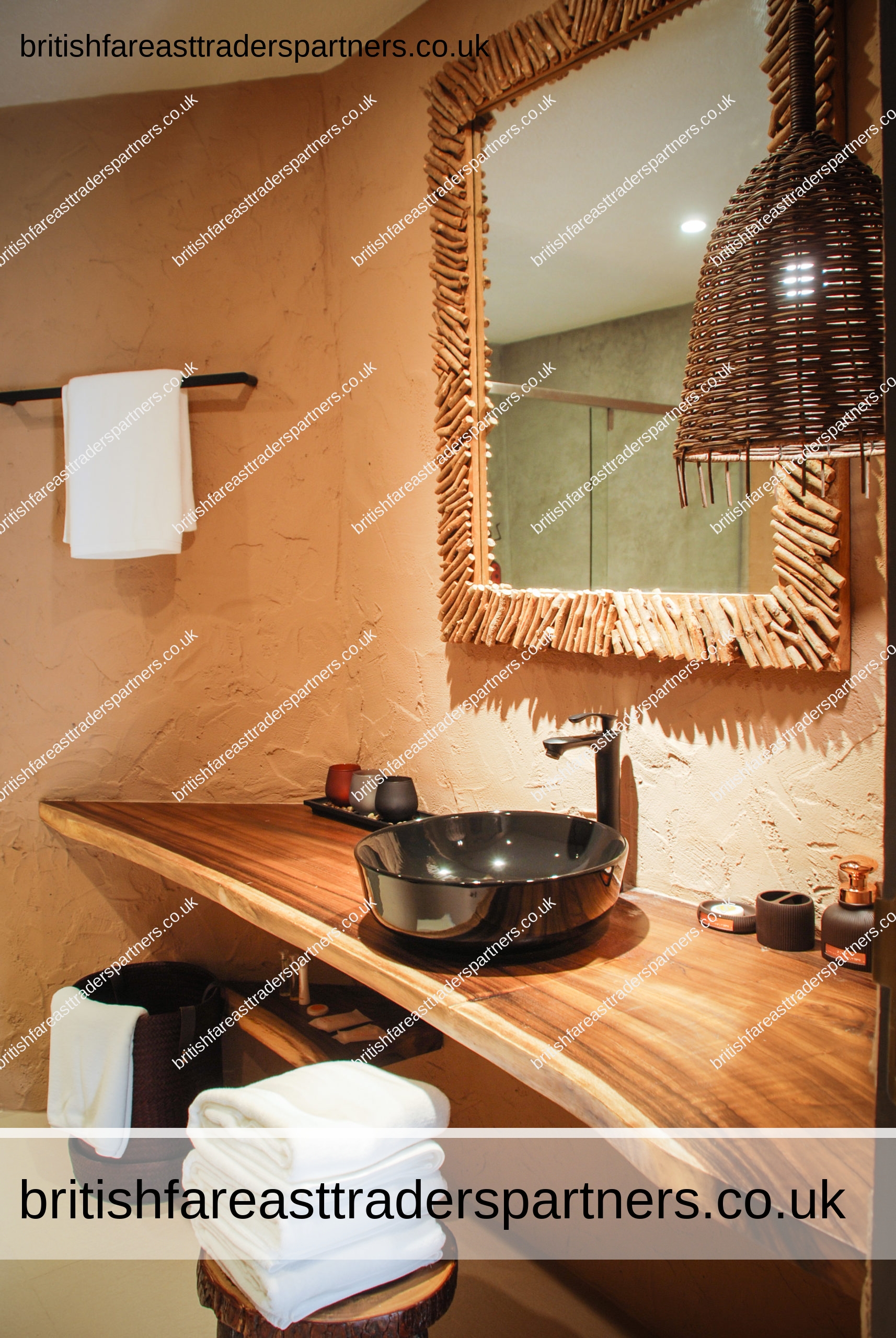
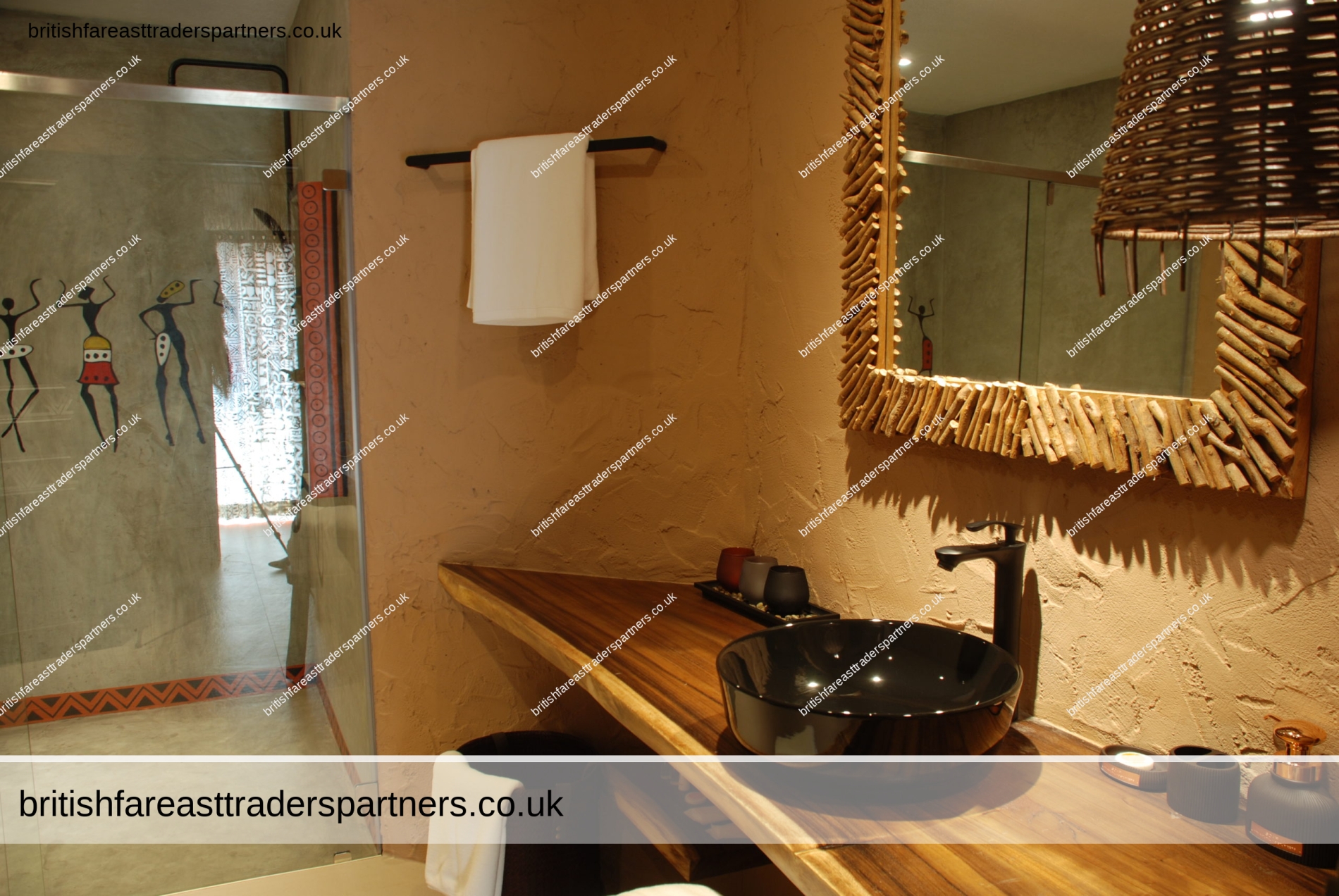
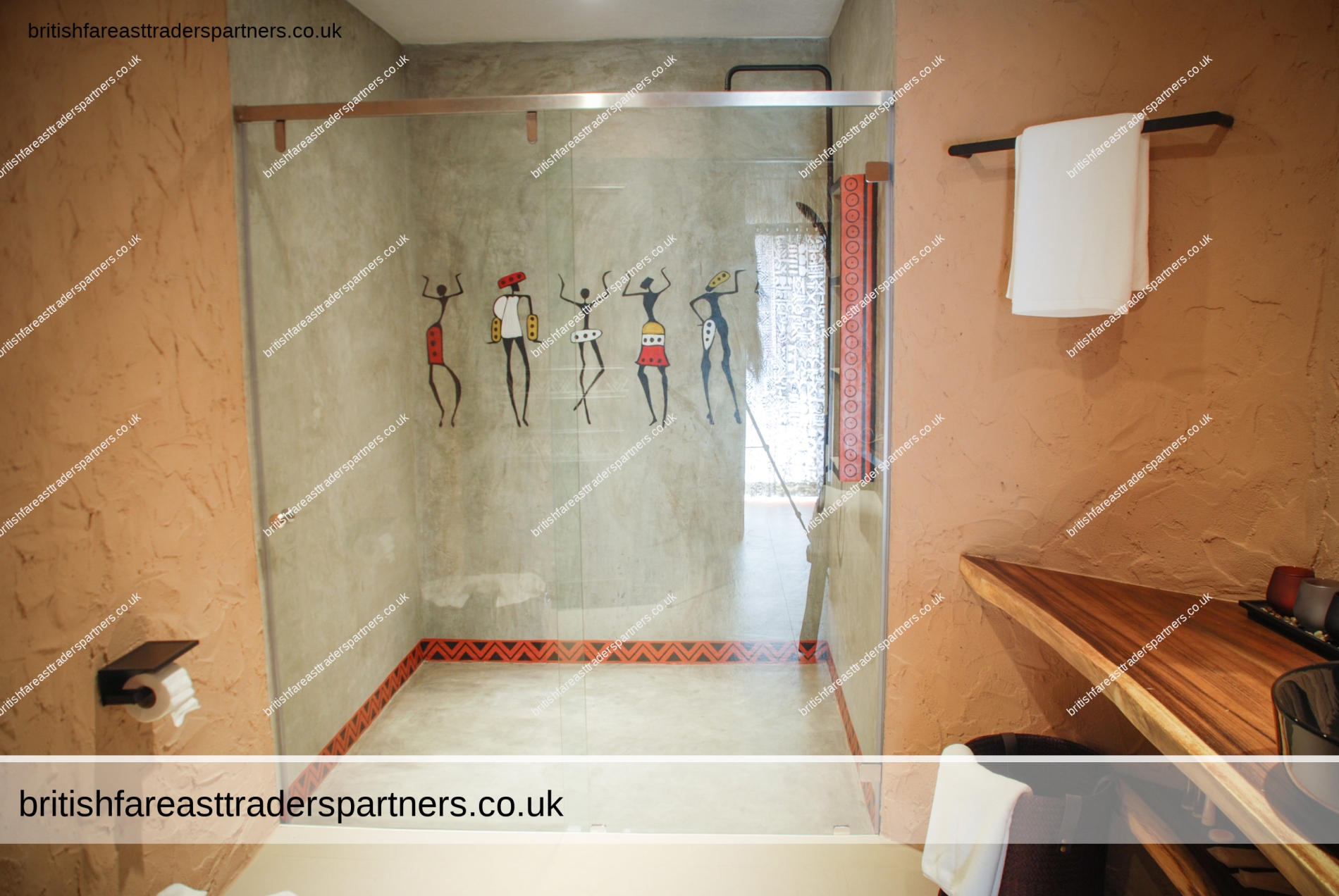
This material is a joint marketing effort of
British & Far East Traders & Partners (UK) and New Nordic Group .
Research & Report provided by New Nordic Research Group.
Thank You...
BRITISH & FAR EAST TRADERS LIFESTYLE & SHOPPING BLOG RELATED POSTS:
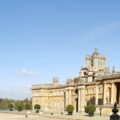 Welcome to Blenheim Palace: Home to the Dukes of Marlborough and Childhood & Ancestral Home to Sir Winston Churchill
Welcome to Blenheim Palace: Home to the Dukes of Marlborough and Childhood & Ancestral Home to Sir Winston Churchill
 ARE YOU PREPARED FOR LIFE’S ROLLERCOASTER?
ARE YOU PREPARED FOR LIFE’S ROLLERCOASTER?
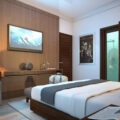 NEW NORDIC BALI WATERWORLD: BALI, INDONESIA
NEW NORDIC BALI WATERWORLD: BALI, INDONESIA
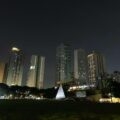 GO USTE! GOOD LUCK TO ALL BARISTAS!
GO USTE! GOOD LUCK TO ALL BARISTAS!
 LONDON BLOG | KEW GARDENS LONDON | TROPICAL ZONE: FESTIVAL OF THE VIBRANT ORCHIDS OF INDONESIA
LONDON BLOG | KEW GARDENS LONDON | TROPICAL ZONE: FESTIVAL OF THE VIBRANT ORCHIDS OF INDONESIA
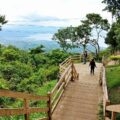 Relaxing in Tagaytay: Taal Views, Cool Breezes & Coffee Delights
Relaxing in Tagaytay: Taal Views, Cool Breezes & Coffee Delights
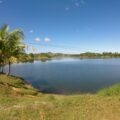 Discovering Talugtug’s Three Dams: Nature & Charm in Nueva Ecija
Discovering Talugtug’s Three Dams: Nature & Charm in Nueva Ecija
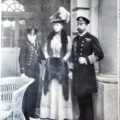 ANTIQUE PHOTOS & IMAGES MAY 21, 1910 THE SPHERE MAGAZINE LONDON, ENGLAND FEATURING: KING GEORGE V AND HIS SON, THE DUKE OF CORNWALL AT OSBORNE HOUSE WITH QUEEN MARY ROYALTY | COLLECTABLES | HISTORY | MEMORABILIA | EPHEMERA
ANTIQUE PHOTOS & IMAGES MAY 21, 1910 THE SPHERE MAGAZINE LONDON, ENGLAND FEATURING: KING GEORGE V AND HIS SON, THE DUKE OF CORNWALL AT OSBORNE HOUSE WITH QUEEN MARY ROYALTY | COLLECTABLES | HISTORY | MEMORABILIA | EPHEMERA
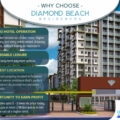 DIAMOND BEACH RESIDENCES PALAWAN: CONDOTEL: YOUR REAL ESTATE & HOLIDAY PROPERTY INVESTMENT IN PUERTO PRINCESA PALAWAN BY CITIGLOBAL REALTY & DEVELOPMENT INC.
DIAMOND BEACH RESIDENCES PALAWAN: CONDOTEL: YOUR REAL ESTATE & HOLIDAY PROPERTY INVESTMENT IN PUERTO PRINCESA PALAWAN BY CITIGLOBAL REALTY & DEVELOPMENT INC.
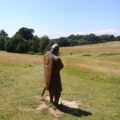 VISITING THE 1066 BATTLE OF HASTINGS ABBEY & BATTLEFIELD, ENGLAND UK
VISITING THE 1066 BATTLE OF HASTINGS ABBEY & BATTLEFIELD, ENGLAND UK
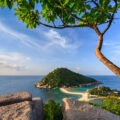 CORAL BEACH CHUMPHON CONDOMINIUMS AND VILLAS THAILAND
CORAL BEACH CHUMPHON CONDOMINIUMS AND VILLAS THAILAND
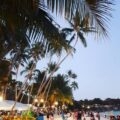 EXPLORING BOHOL PHILIPPINES
EXPLORING BOHOL PHILIPPINES
 VINTAGE 1953 CORONATION QUEEN ELIZABETH II NEW ZEALAND STAMP AIR MAIL COVER
VINTAGE 1953 CORONATION QUEEN ELIZABETH II NEW ZEALAND STAMP AIR MAIL COVER
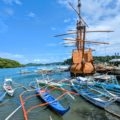 MUELLE PUERTO GALERA PIER TOUR & BALATEROS COVE BOAT RIDE | PUERTO GALERA, ORIENTAL MINDORO, PHILIPPINES
MUELLE PUERTO GALERA PIER TOUR & BALATEROS COVE BOAT RIDE | PUERTO GALERA, ORIENTAL MINDORO, PHILIPPINES
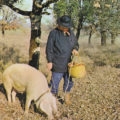 VINTAGE “EN PERIGORD TRUFFLE FINDING DORDOGNE” FRANCE POSTCARD
VINTAGE “EN PERIGORD TRUFFLE FINDING DORDOGNE” FRANCE POSTCARD
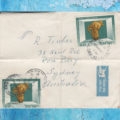 VINTAGE 1965 ISRAEL MUSEUM JERUSALEM STAMPS AIR MAIL ENVELOPE COVER
VINTAGE 1965 ISRAEL MUSEUM JERUSALEM STAMPS AIR MAIL ENVELOPE COVER
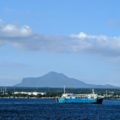 Unveil the Splendour: A Serene RoRo Ferry Voyage from Puerto Galera to Batangas
Unveil the Splendour: A Serene RoRo Ferry Voyage from Puerto Galera to Batangas
 “Escape the City and Invest in Serenity with Tagaytay Clifton Resort Suites: Your Ultimate Condotel Investment and Vacation Home”
“Escape the City and Invest in Serenity with Tagaytay Clifton Resort Suites: Your Ultimate Condotel Investment and Vacation Home”
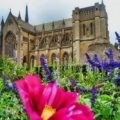 DAYS OUT IN UNITED KINGDOM: PLACES OF INTEREST in WEST SUSSEX, ENGLAND: A SERIES OF PHOTOGRAPHIC BLOG: ARUNDEL CASTLE GARDENS : A WORLD HERITAGE SITE : HERITAGE | ART | HISTORY | TOPOGRAPHY | TOURISM | TRAVEL | ARCHITECTURE | ARISTOCRACY | CULTURE
DAYS OUT IN UNITED KINGDOM: PLACES OF INTEREST in WEST SUSSEX, ENGLAND: A SERIES OF PHOTOGRAPHIC BLOG: ARUNDEL CASTLE GARDENS : A WORLD HERITAGE SITE : HERITAGE | ART | HISTORY | TOPOGRAPHY | TOURISM | TRAVEL | ARCHITECTURE | ARISTOCRACY | CULTURE
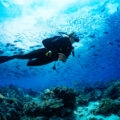 MALAWI: TOURISM & INVESTMENT PRIMER FROM BRITISH & FAR EAST TRADERS & PARTNERS AND NEW NORDIC GROUP
MALAWI: TOURISM & INVESTMENT PRIMER FROM BRITISH & FAR EAST TRADERS & PARTNERS AND NEW NORDIC GROUP
 Revving Up Memories: A Lookback at the Father’s Motor Show Weekend in Chelmsford, Essex
Revving Up Memories: A Lookback at the Father’s Motor Show Weekend in Chelmsford, Essex
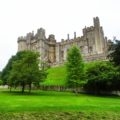 DAYS OUT IN UNITED KINGDOM: PLACES OF INTEREST in WEST SUSSEX, ENGLAND: A SERIES OF PHOTOGRAPHIC BLOG: ARUNDEL CASTLE GROUNDS & ARUNDEL CASTLE WATER GARDEN : A WORLD HERITAGE SITE : HERITAGE | ART | HISTORY | TOPOGRAPHY | TOURISM | TRAVEL | ARCHITECTURE | ARISTOCRACY | CULTURE
DAYS OUT IN UNITED KINGDOM: PLACES OF INTEREST in WEST SUSSEX, ENGLAND: A SERIES OF PHOTOGRAPHIC BLOG: ARUNDEL CASTLE GROUNDS & ARUNDEL CASTLE WATER GARDEN : A WORLD HERITAGE SITE : HERITAGE | ART | HISTORY | TOPOGRAPHY | TOURISM | TRAVEL | ARCHITECTURE | ARISTOCRACY | CULTURE
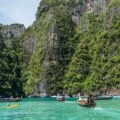 PHUKET WATERWORLD BY NEW NORDIC GROUP
PHUKET WATERWORLD BY NEW NORDIC GROUP
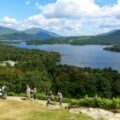 WELCOME TO THE LAKE DISTRICT, ONE OF BRITAIN’S BEST-LOVED OUTDOOR DESTINATIONS OF ALL TIME
WELCOME TO THE LAKE DISTRICT, ONE OF BRITAIN’S BEST-LOVED OUTDOOR DESTINATIONS OF ALL TIME
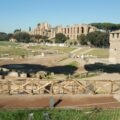 PLACES TO VISIT & EXPLORE FOR HISTORY & CULTURE: A DAY UNDER THE WINTER SUN IN THE ETERNAL CITY OF ROME, ITALY TOURS & TRAVELS | HERITAGE | HISTORY | CULTURE
PLACES TO VISIT & EXPLORE FOR HISTORY & CULTURE: A DAY UNDER THE WINTER SUN IN THE ETERNAL CITY OF ROME, ITALY TOURS & TRAVELS | HERITAGE | HISTORY | CULTURE
 Kaizen in Business and Investing
Kaizen in Business and Investing
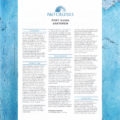 2006 P&O CRUISES SANTAREM (BRAZIL) PORT GUIDE LEAFLET
2006 P&O CRUISES SANTAREM (BRAZIL) PORT GUIDE LEAFLET
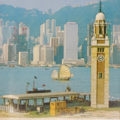 VINTAGE 12 NOVEMBER 1986 BELFRY at Tsim Sha Shui Harbour & Skyscrapers View Stamped Queen Elizabeth 2 $1.70 COLLECTABLE Postcard ASIAN / ORIENTAL / HONGKONG / TOPOGRAPHICAL / TRANSPORT / BOATS TRAVEL / TOURS / HOLIDAY
VINTAGE 12 NOVEMBER 1986 BELFRY at Tsim Sha Shui Harbour & Skyscrapers View Stamped Queen Elizabeth 2 $1.70 COLLECTABLE Postcard ASIAN / ORIENTAL / HONGKONG / TOPOGRAPHICAL / TRANSPORT / BOATS TRAVEL / TOURS / HOLIDAY
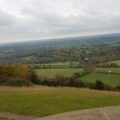 DAYS OUT IN ENGLAND: PICTURESQUE BOXHILL, SURREY, ENGLAND
DAYS OUT IN ENGLAND: PICTURESQUE BOXHILL, SURREY, ENGLAND
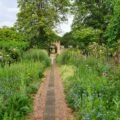 Take a Stroll Through the Picturesque Preston Park & Gardens in Brighton, ENGLAND
Take a Stroll Through the Picturesque Preston Park & Gardens in Brighton, ENGLAND
